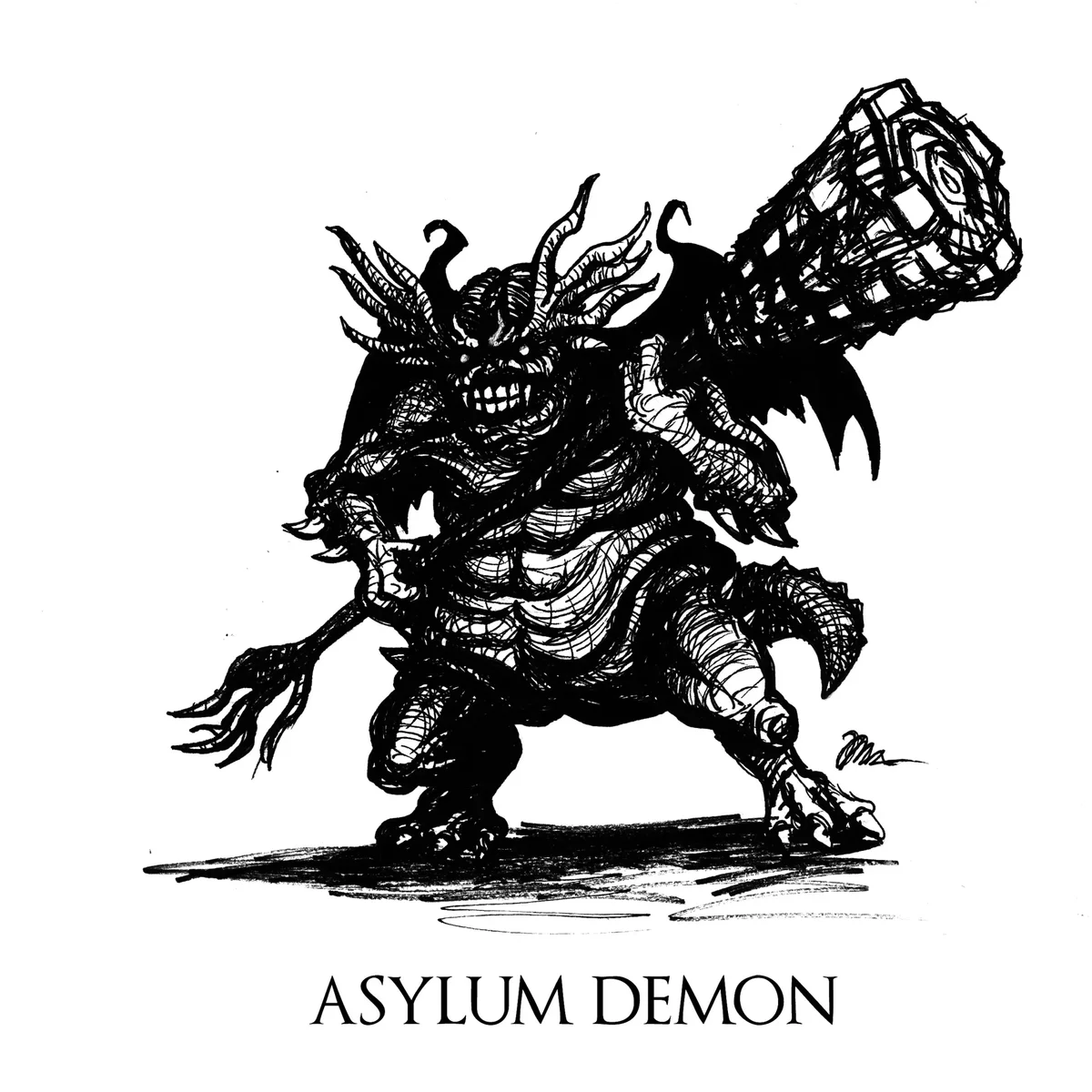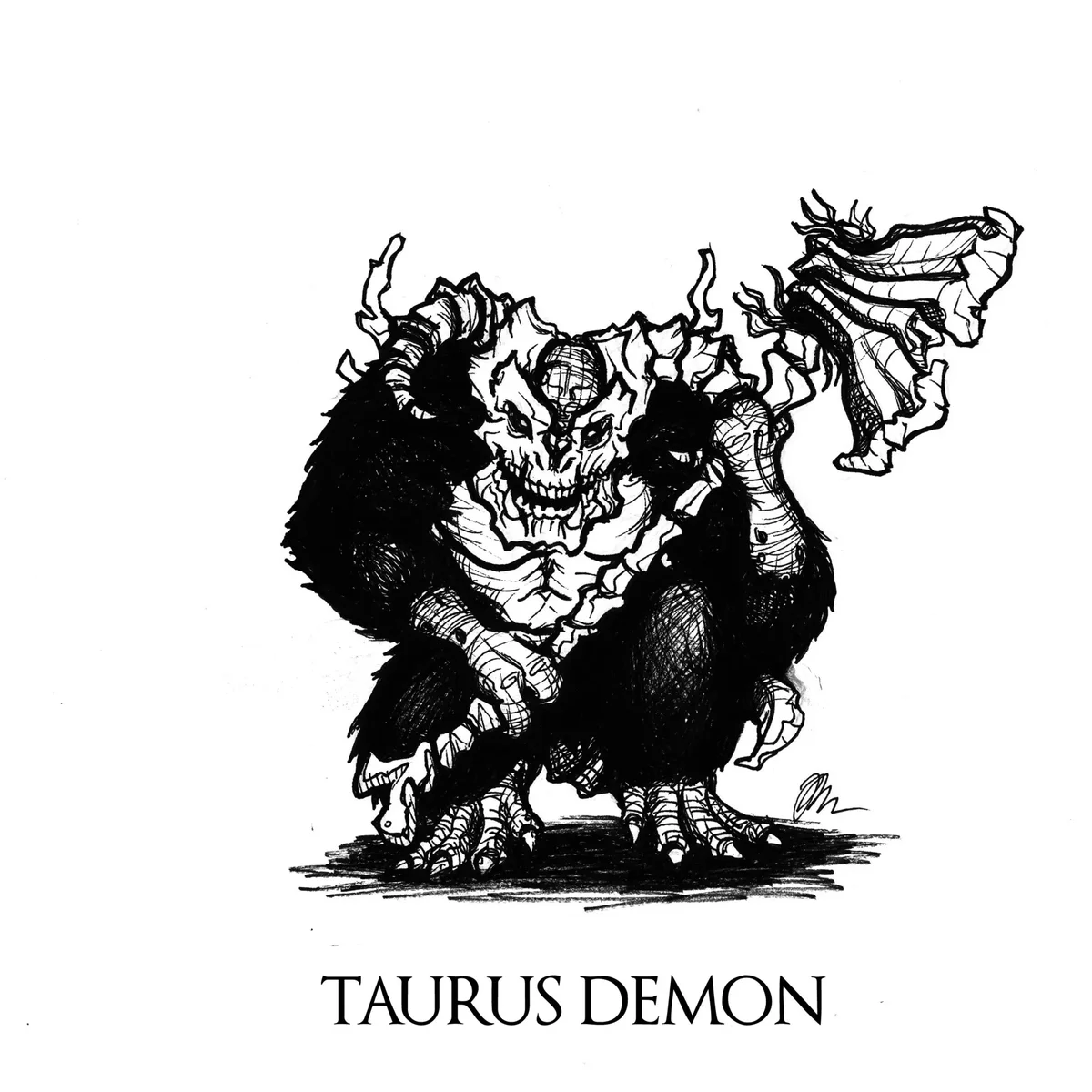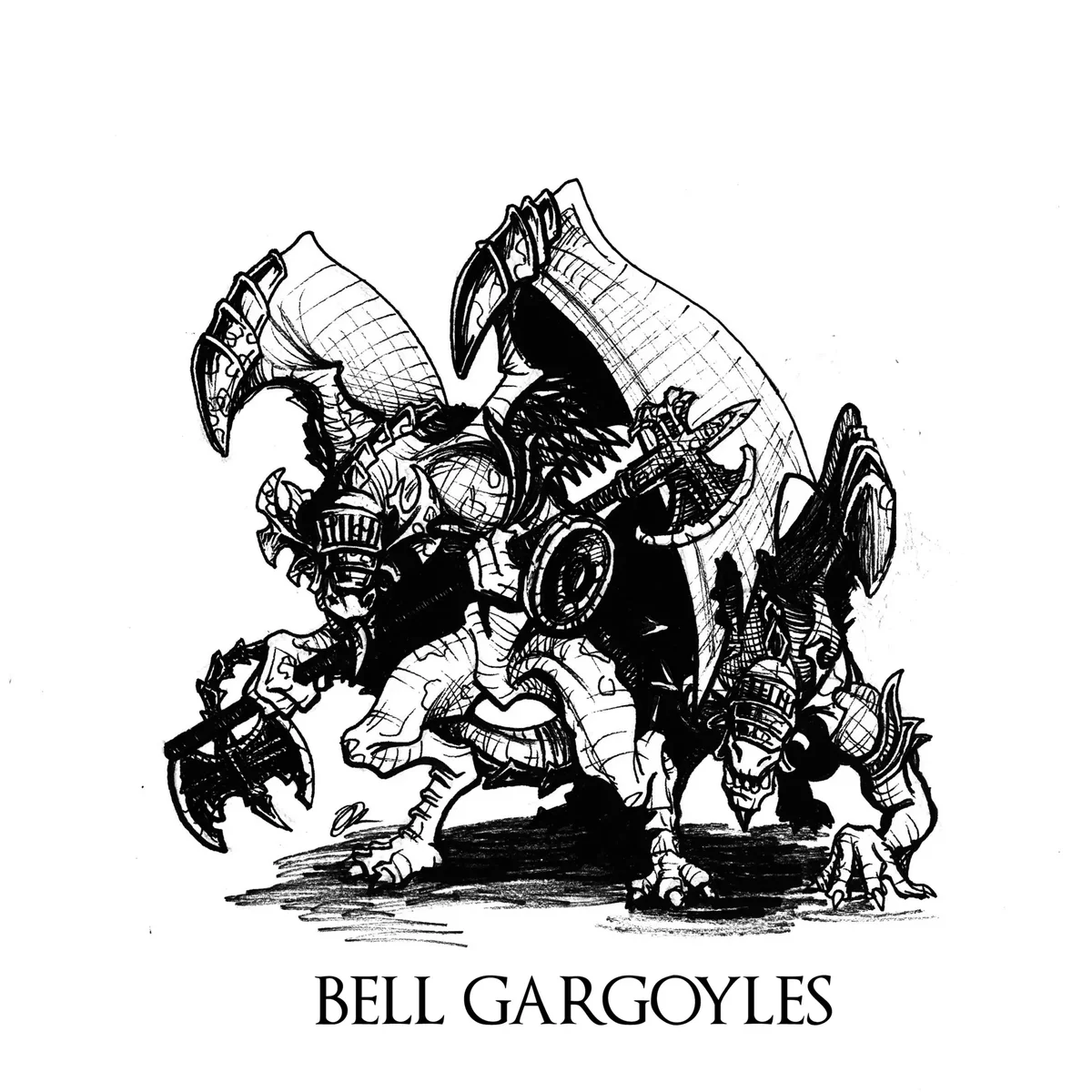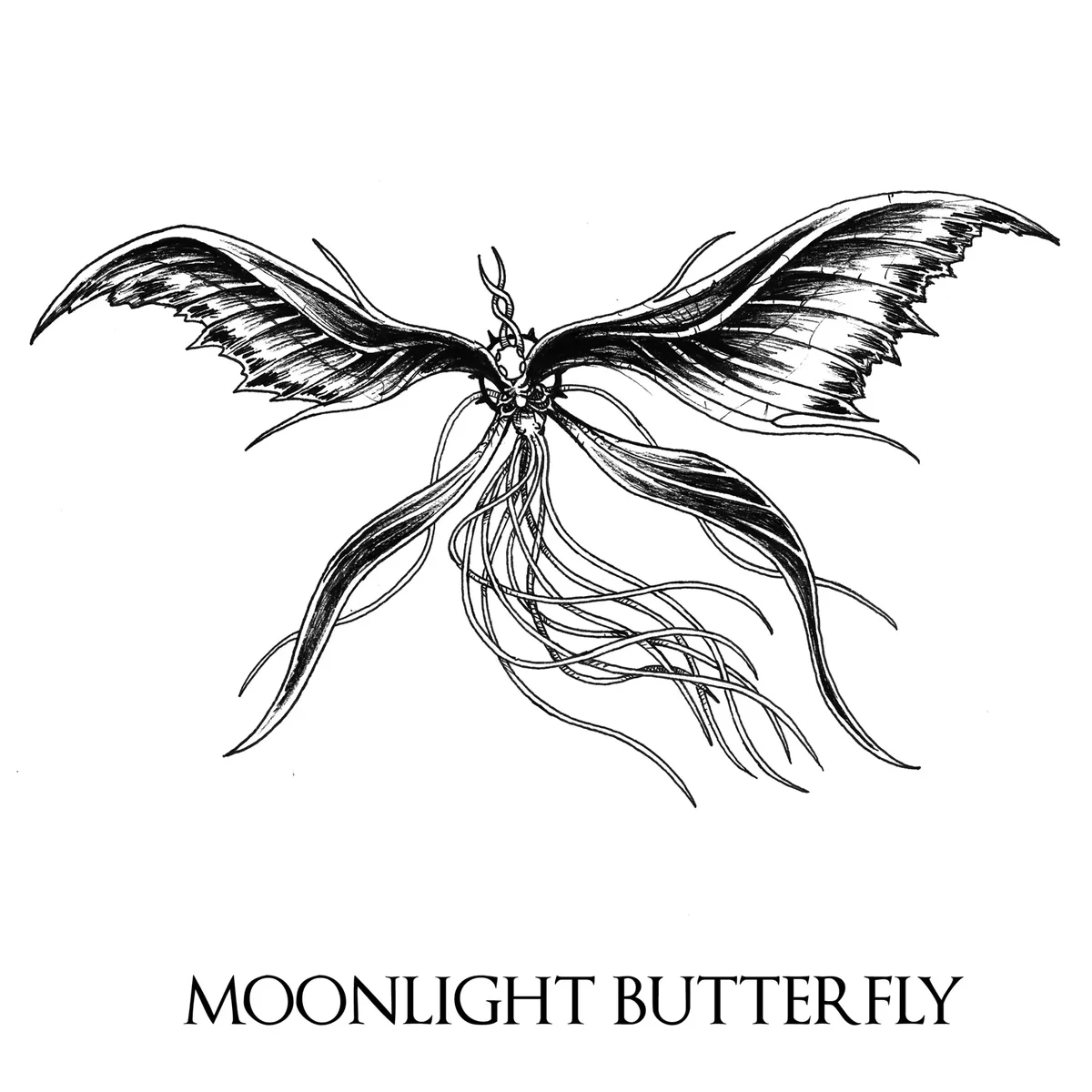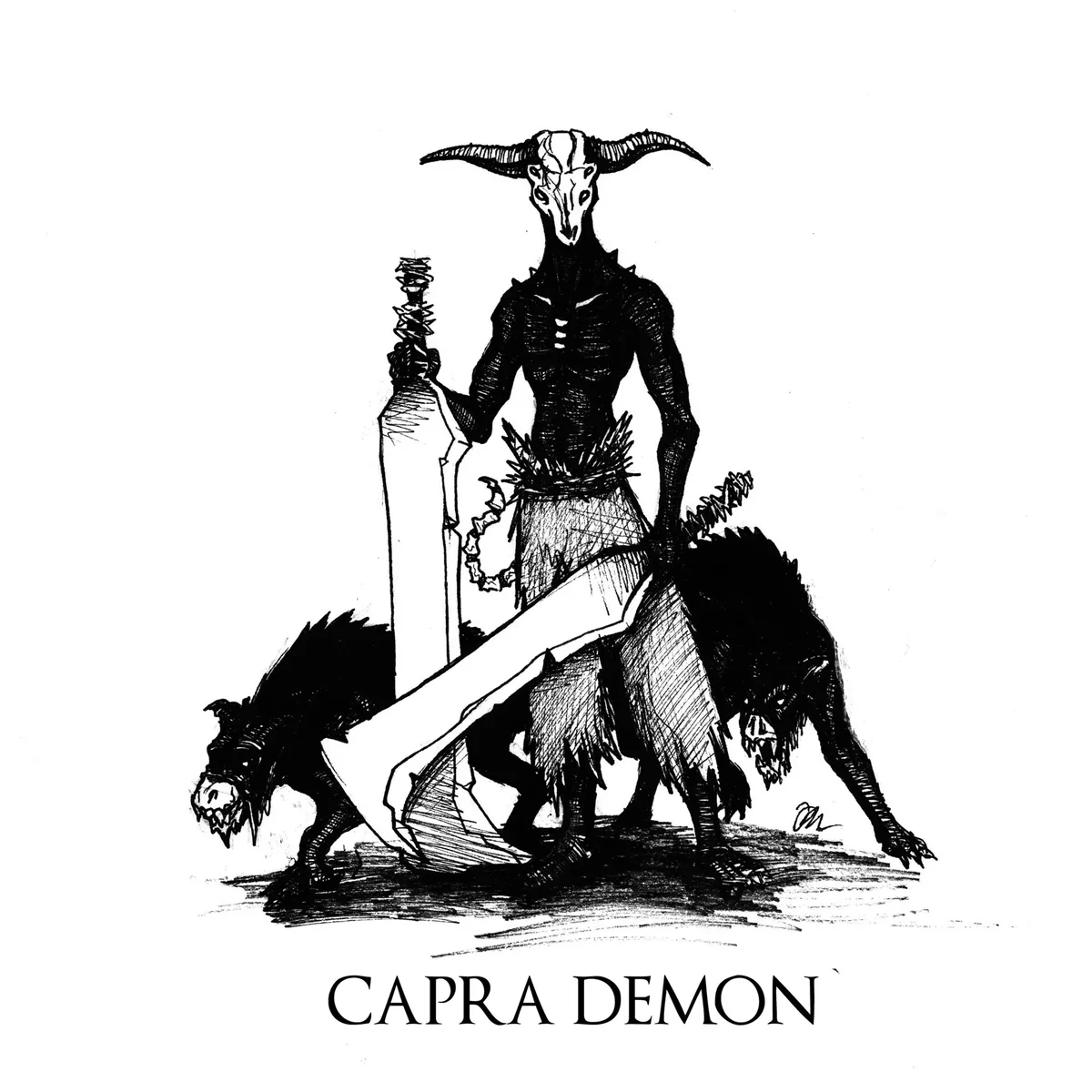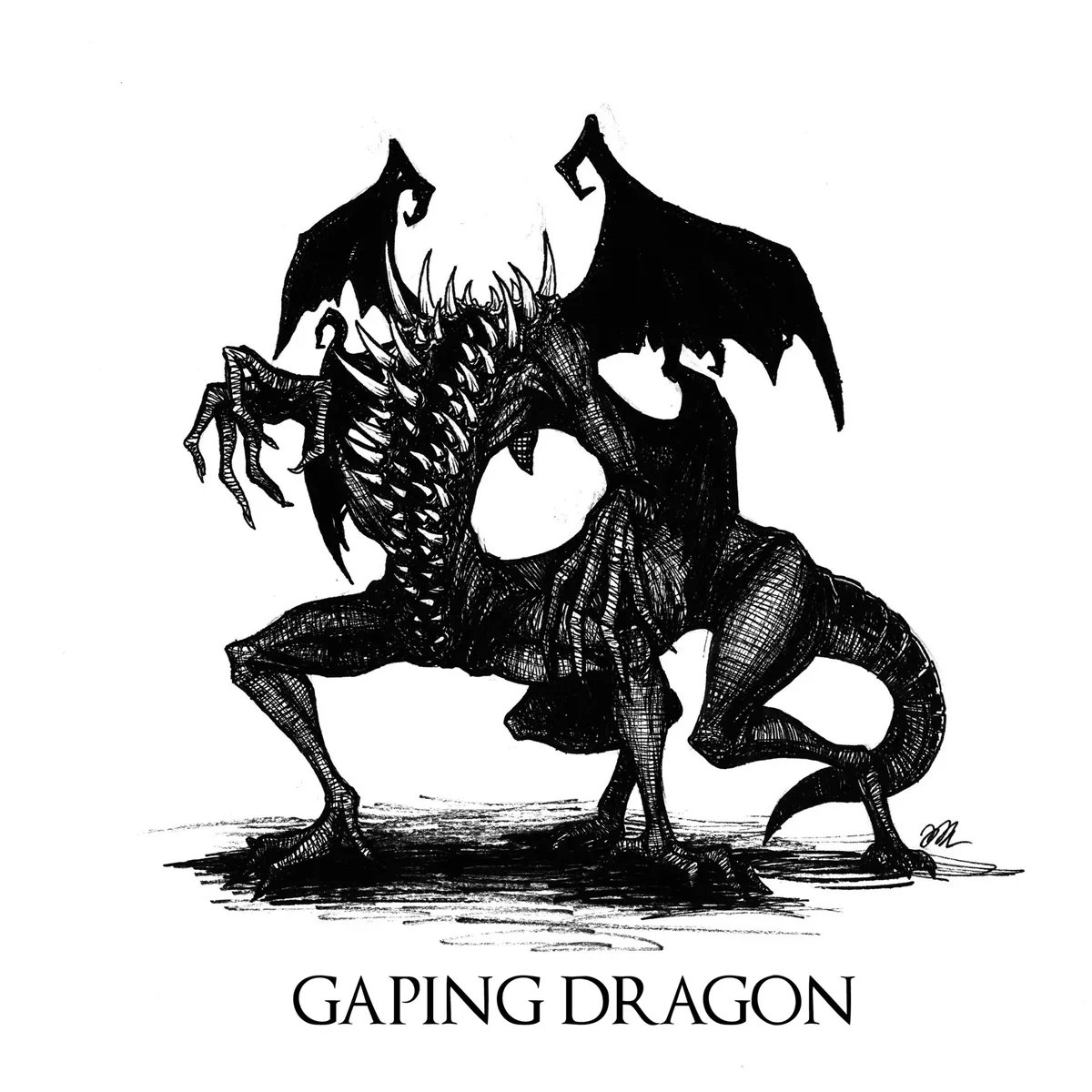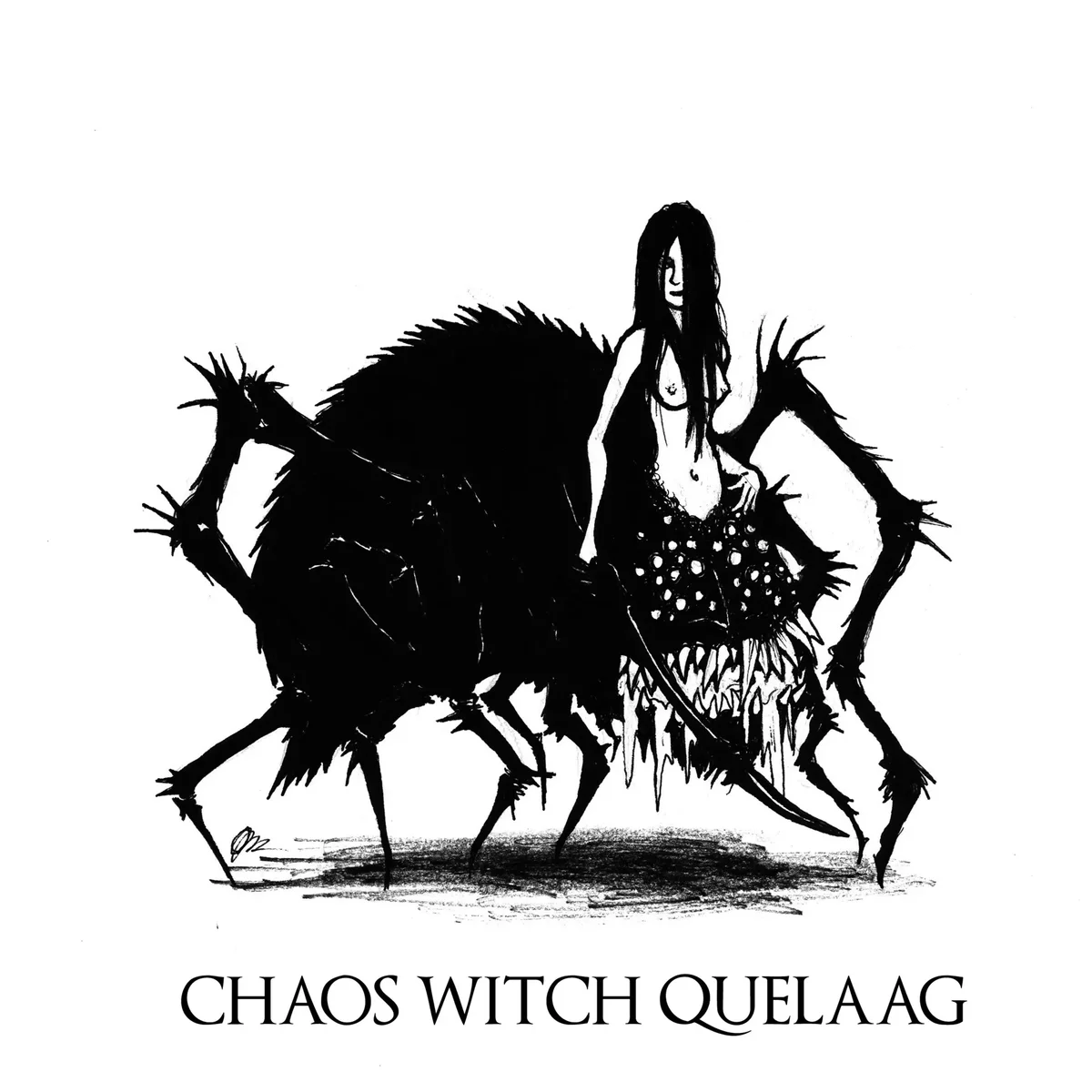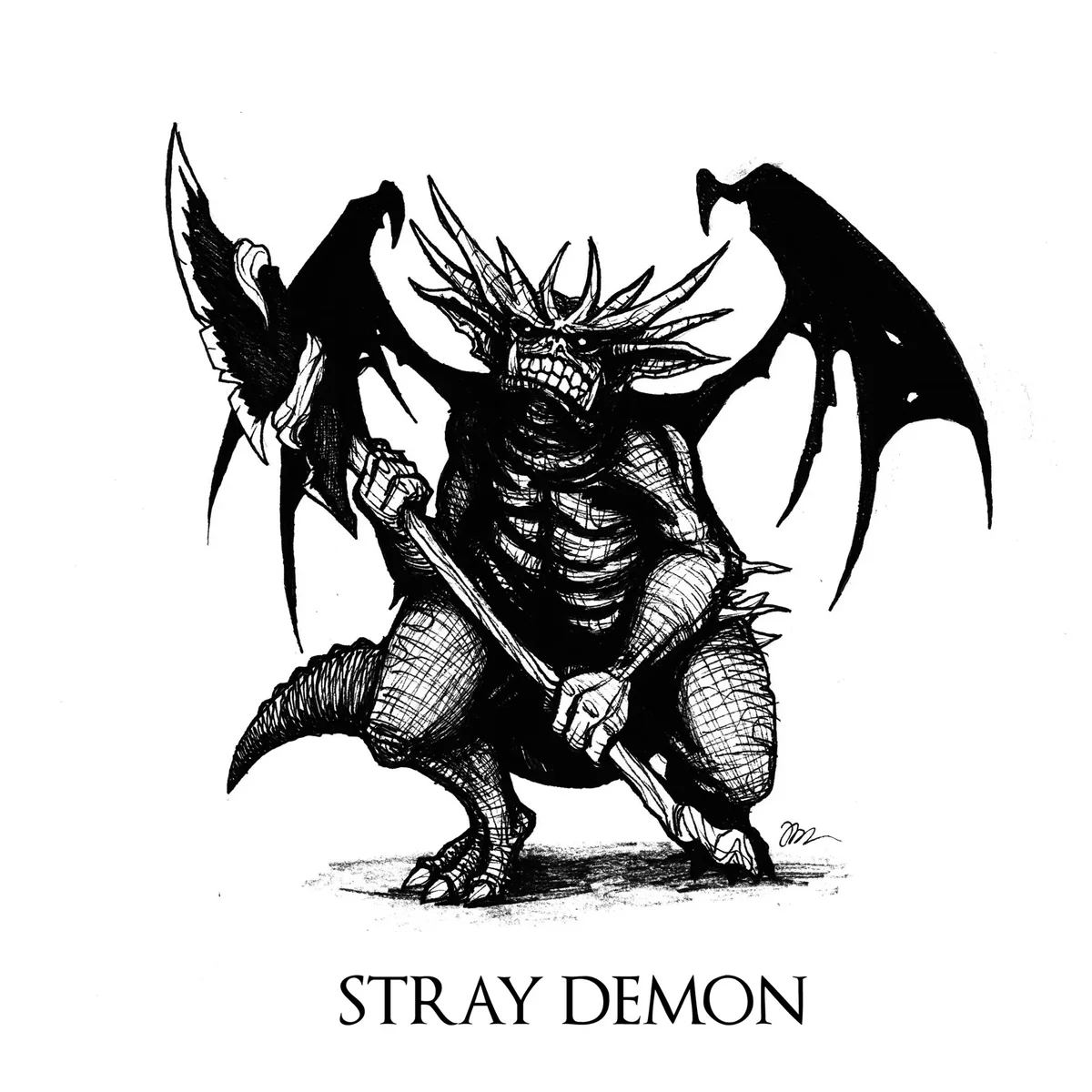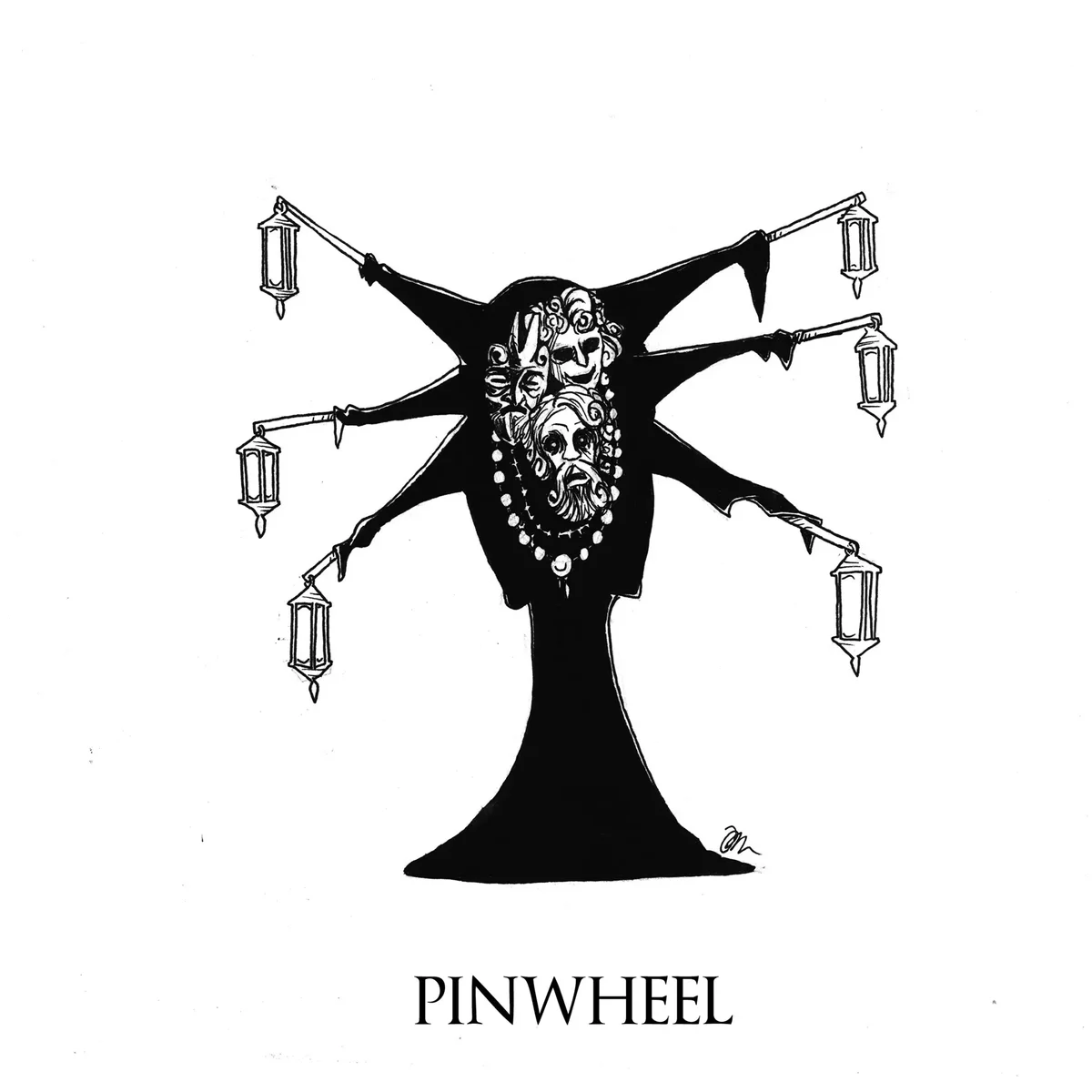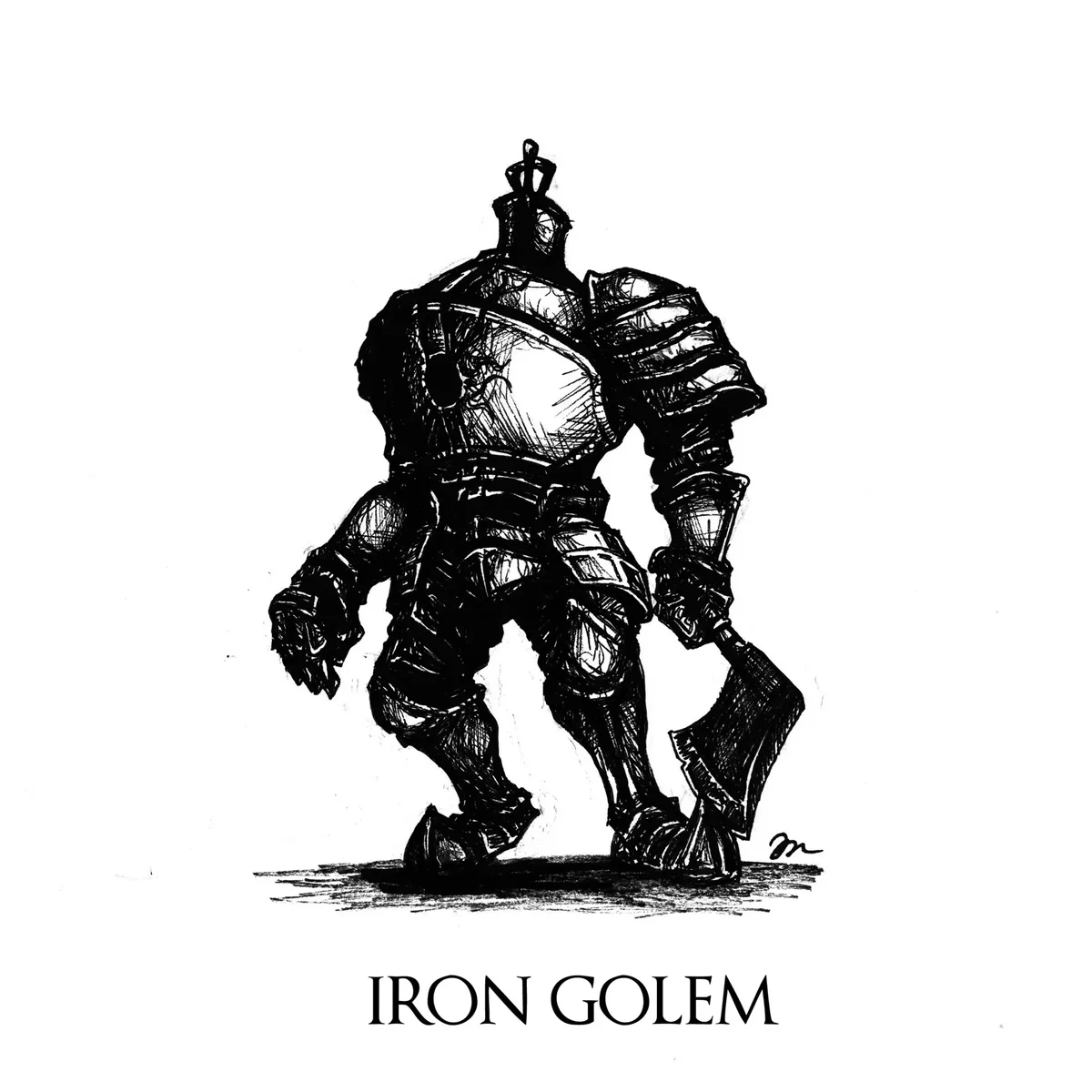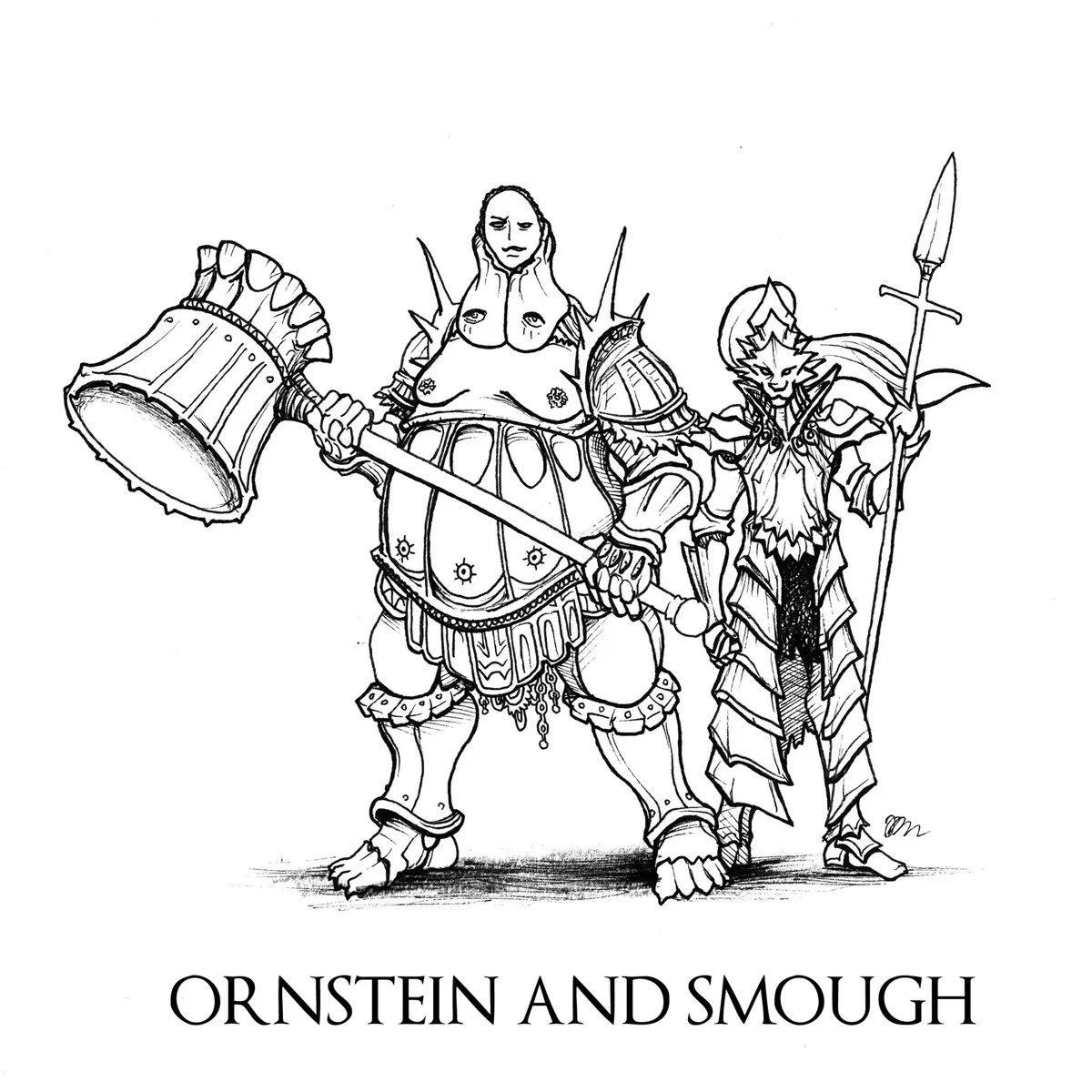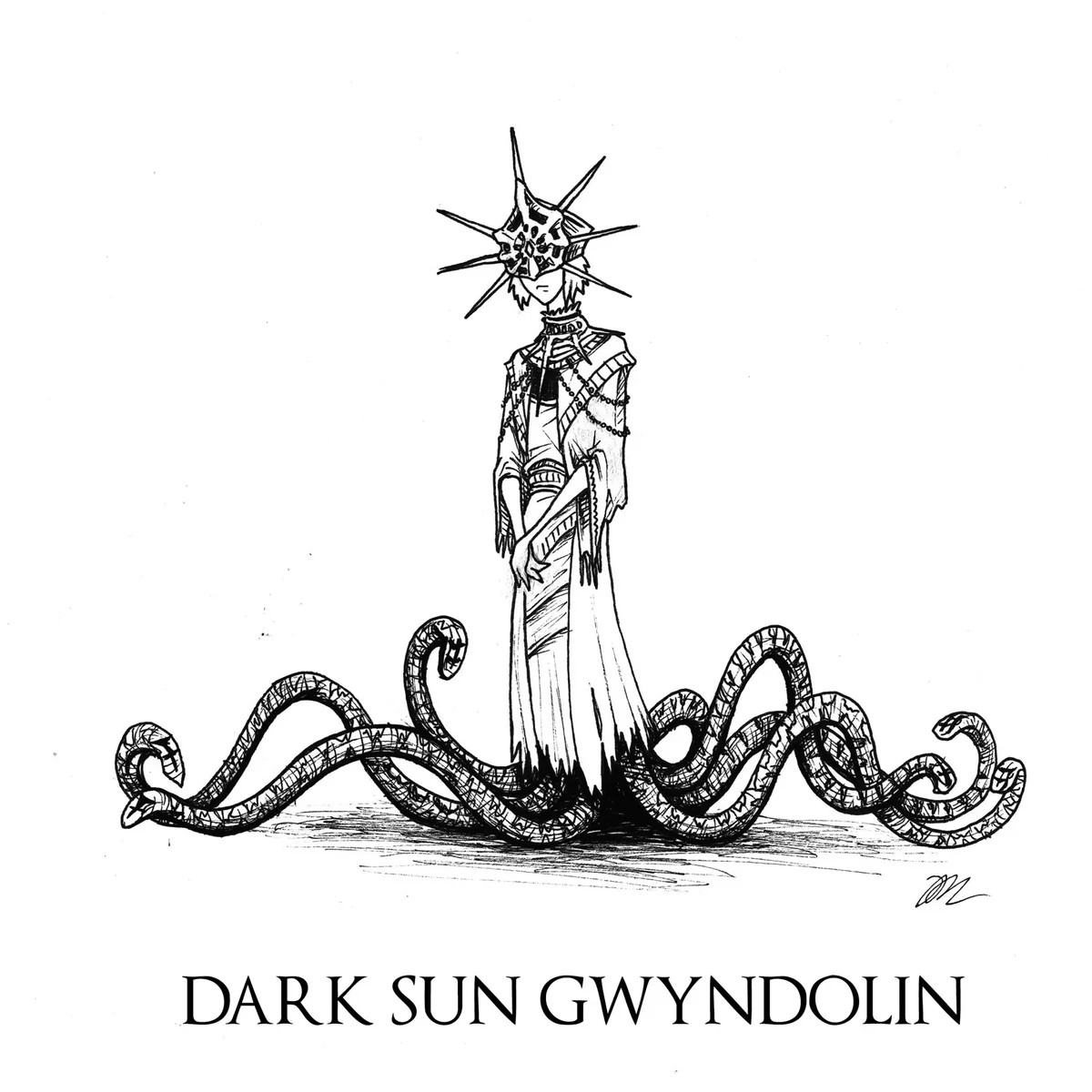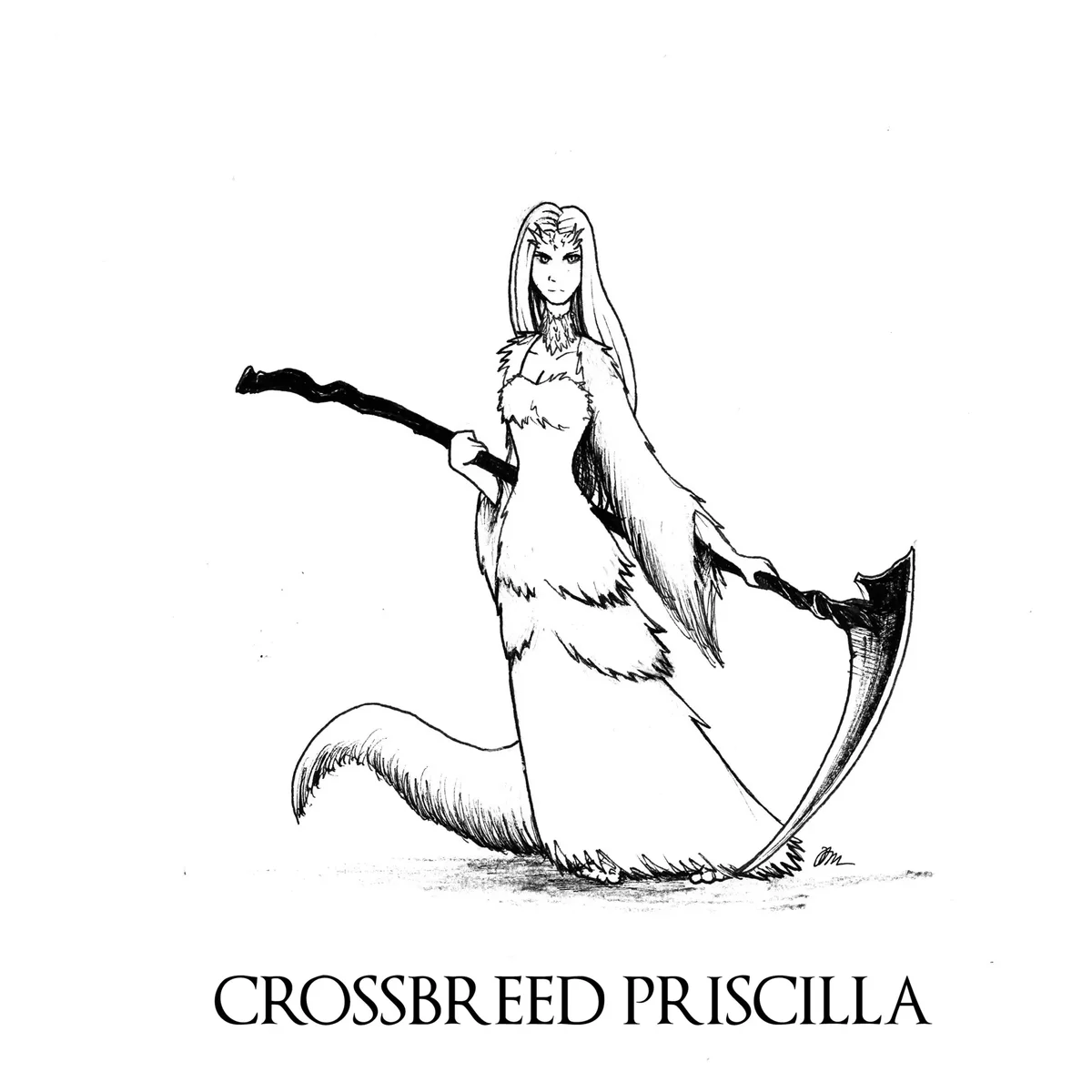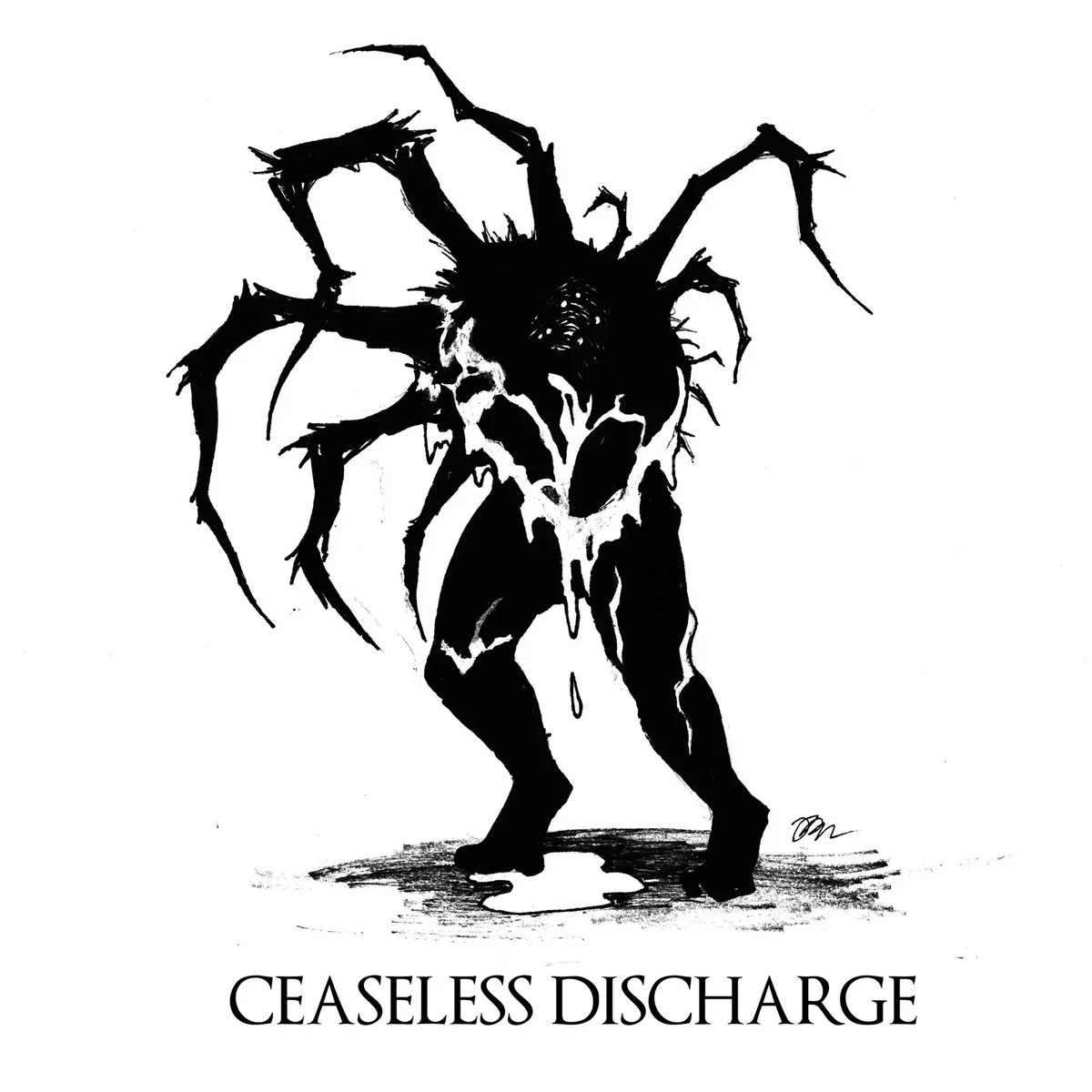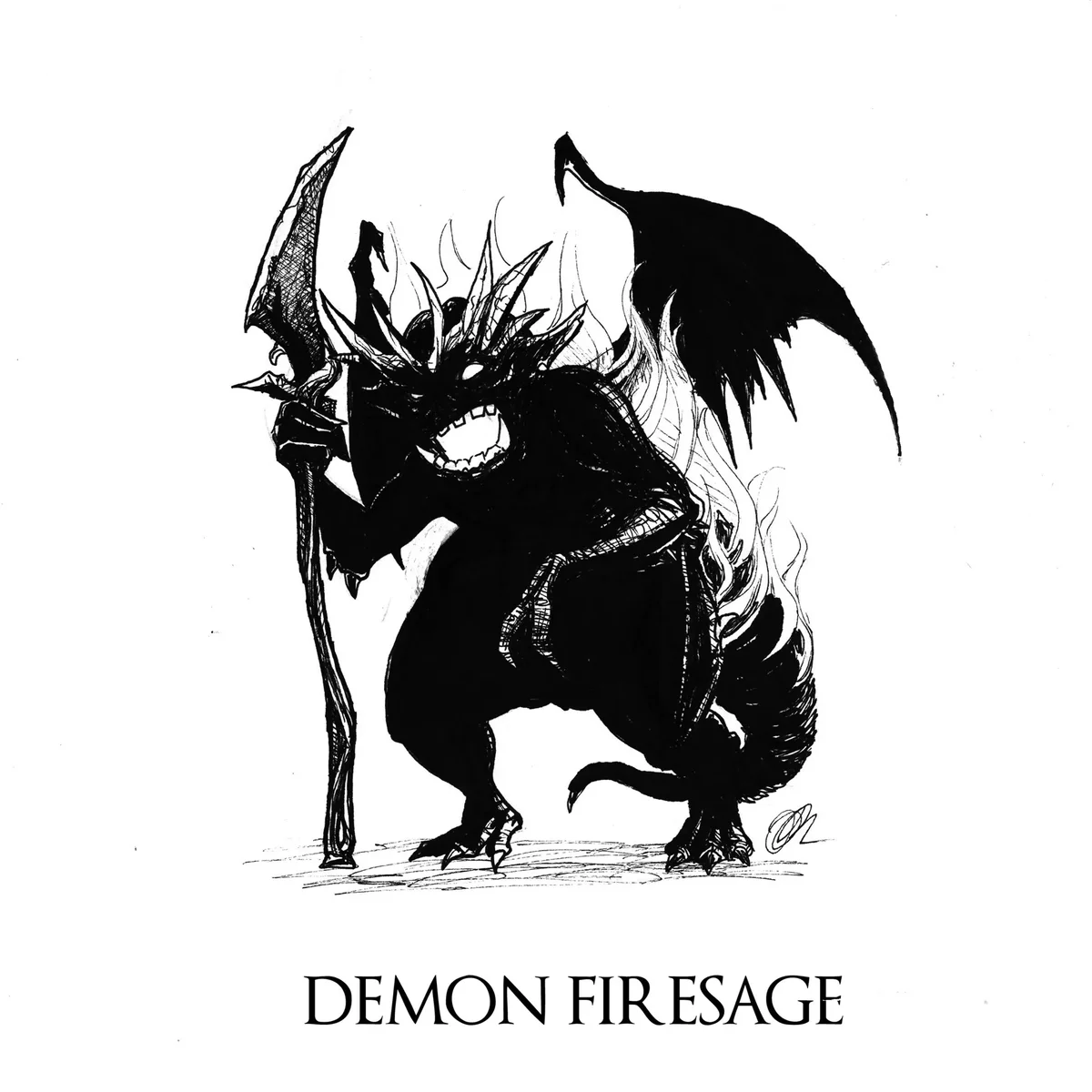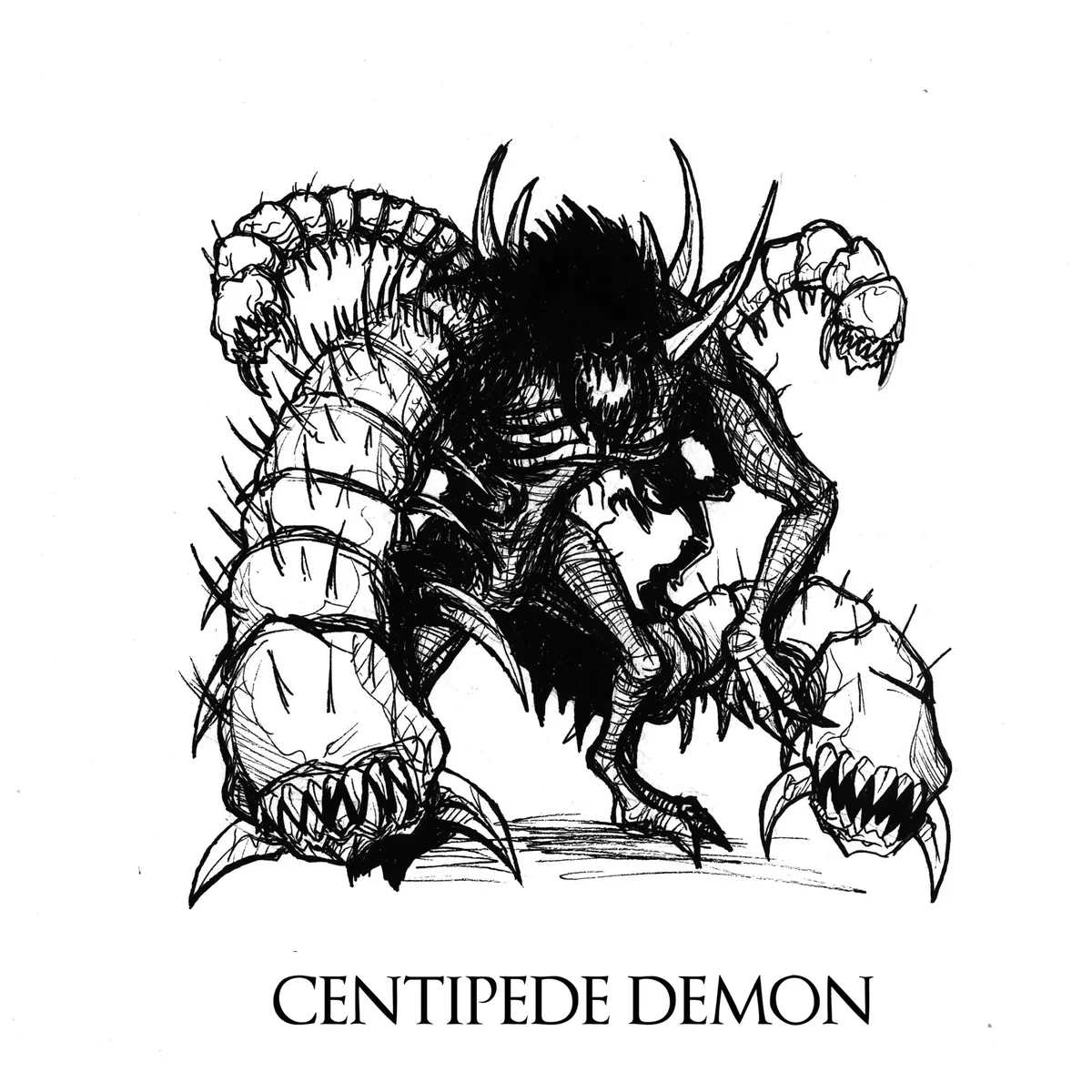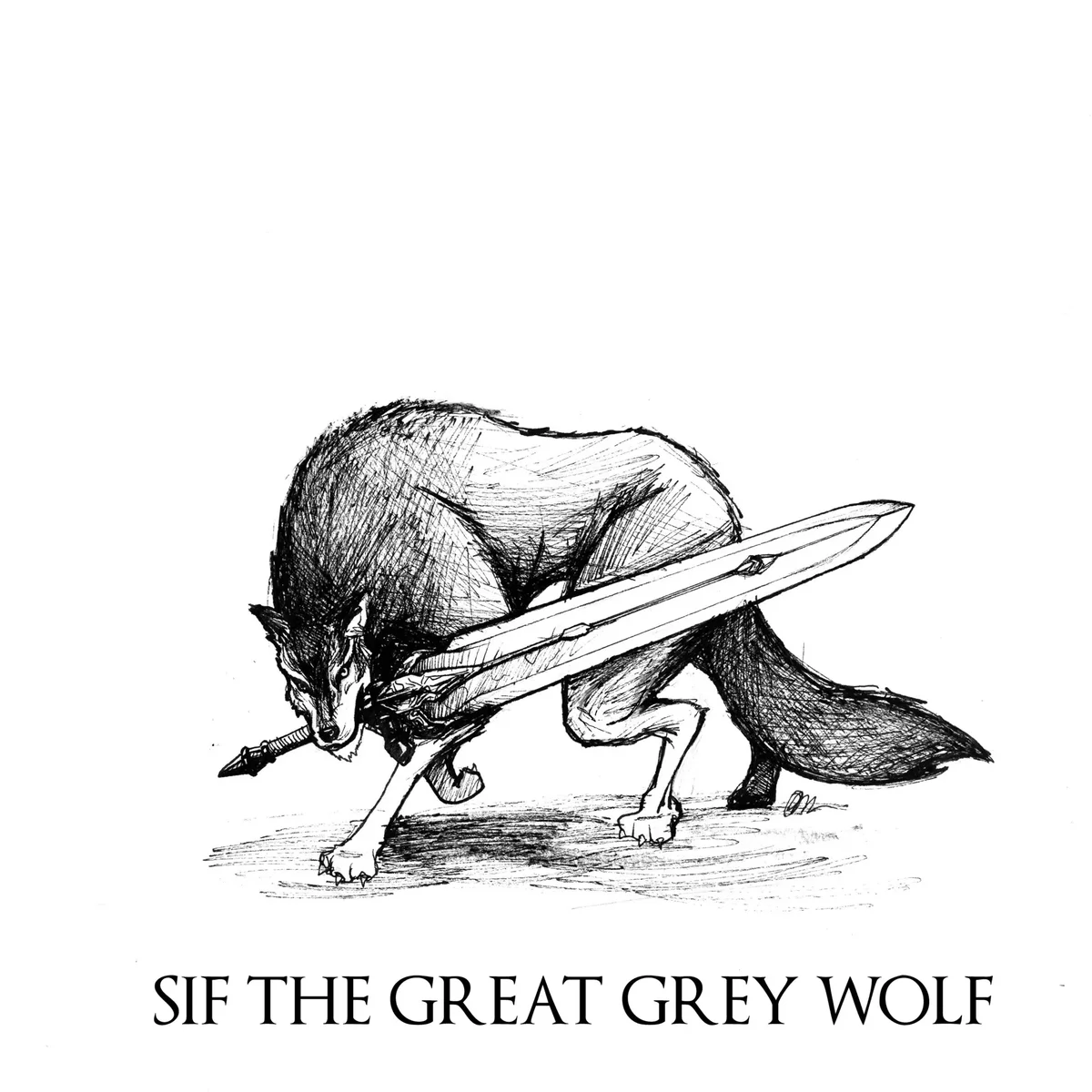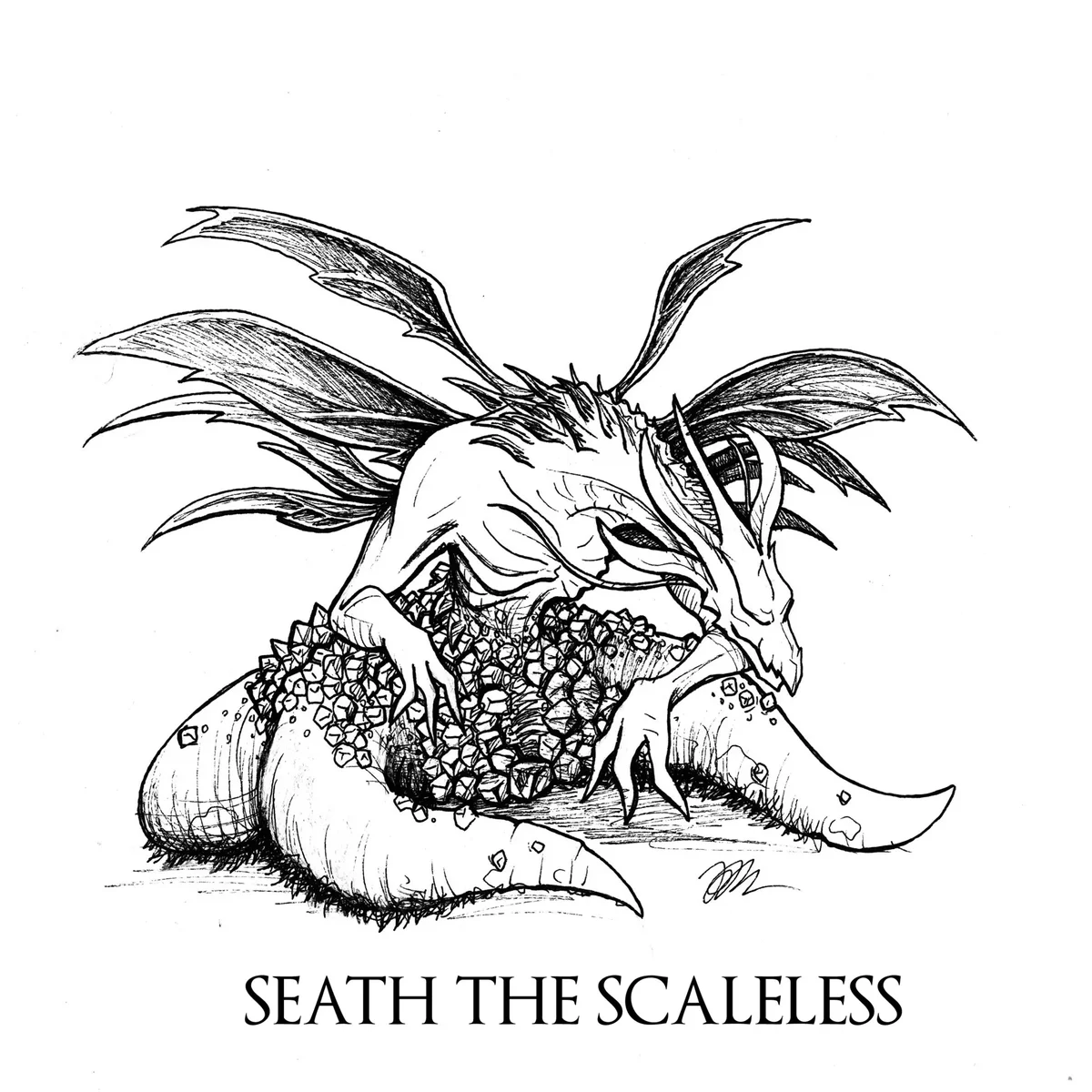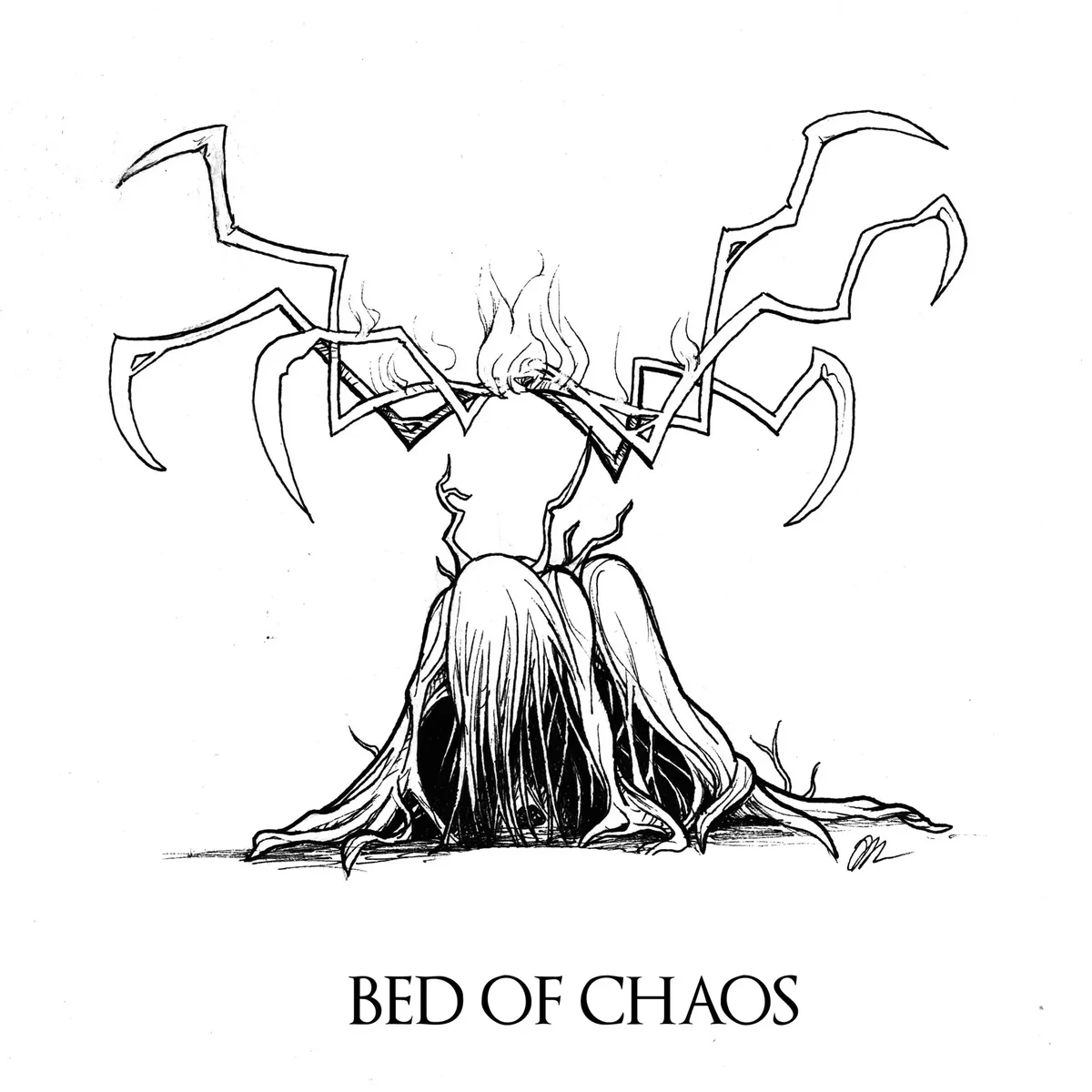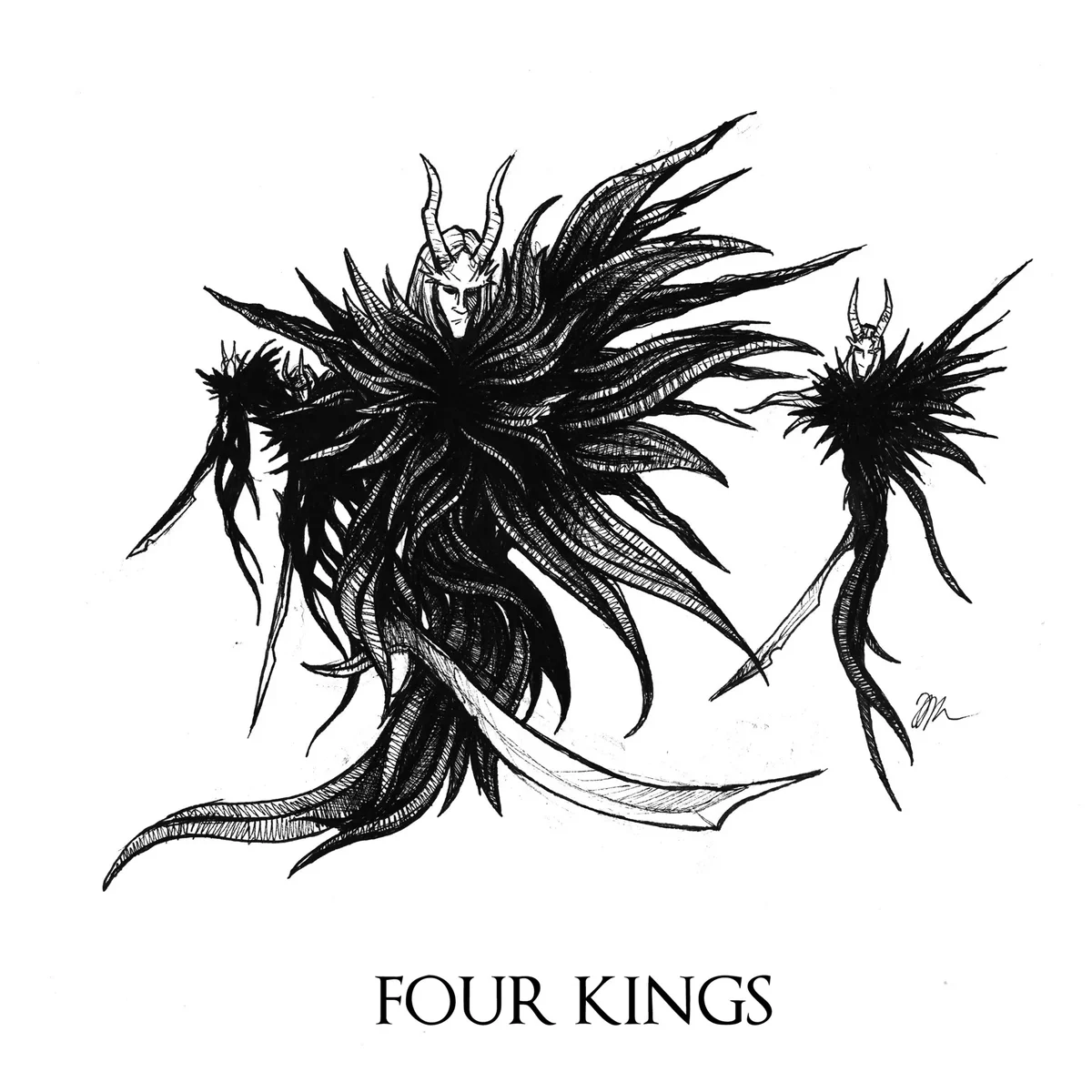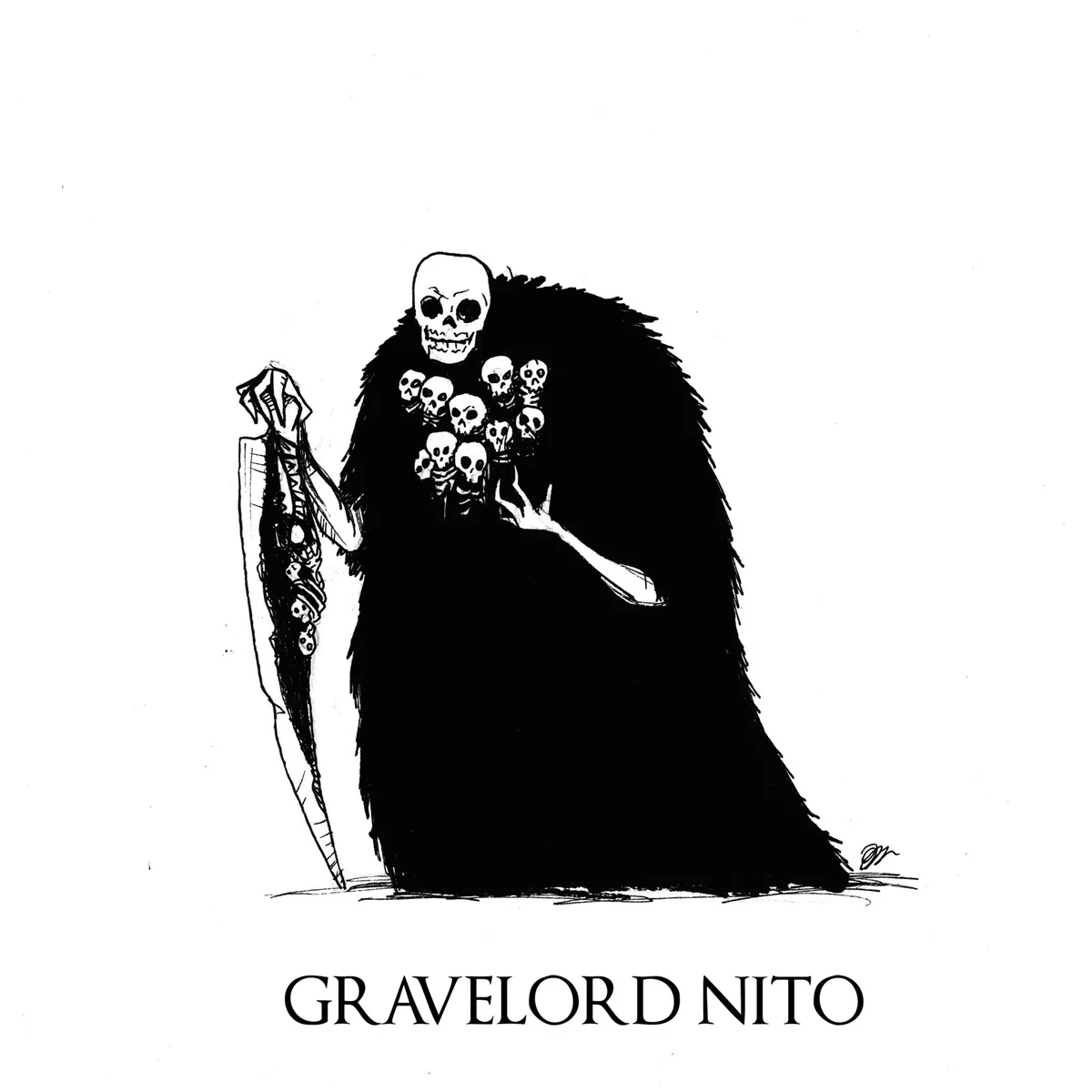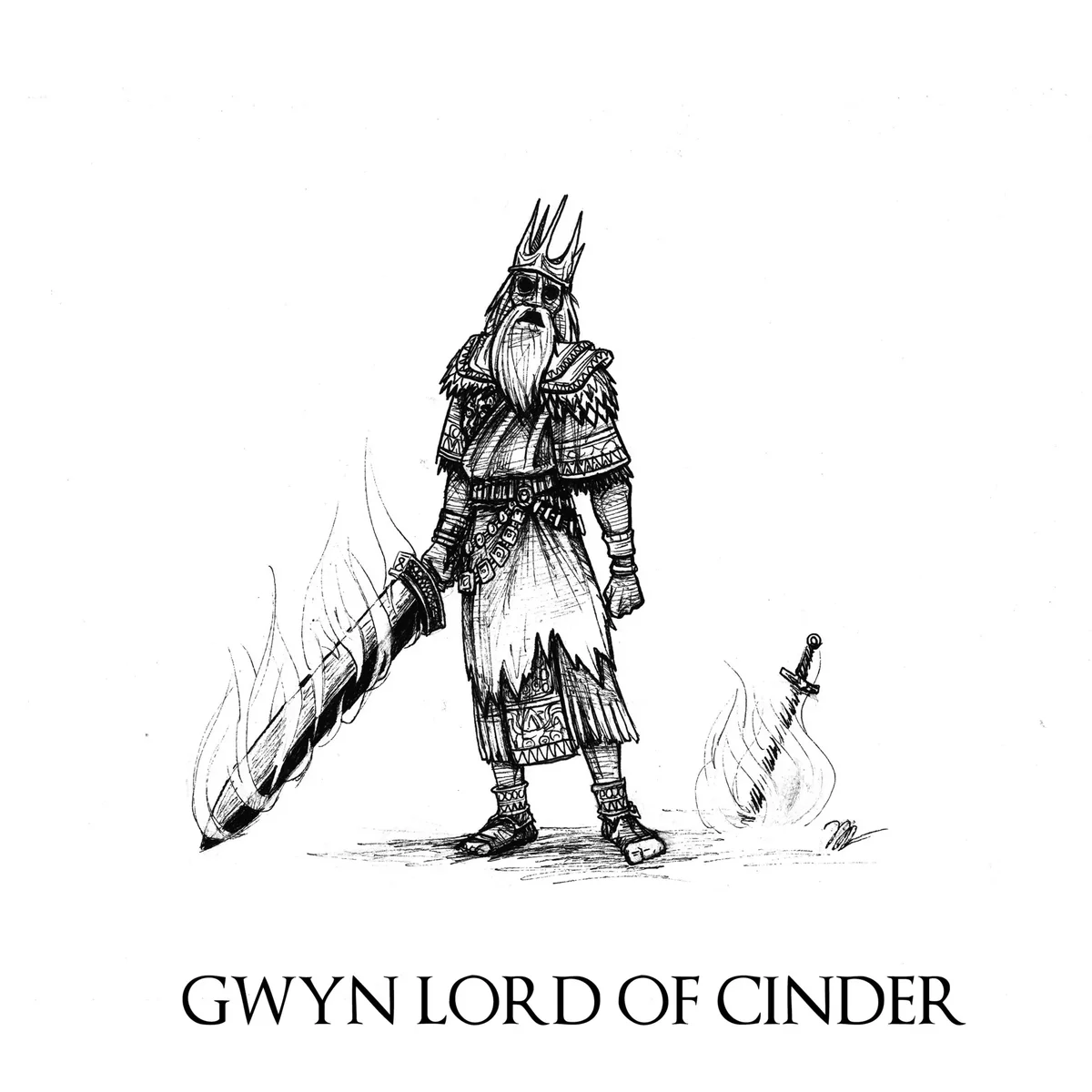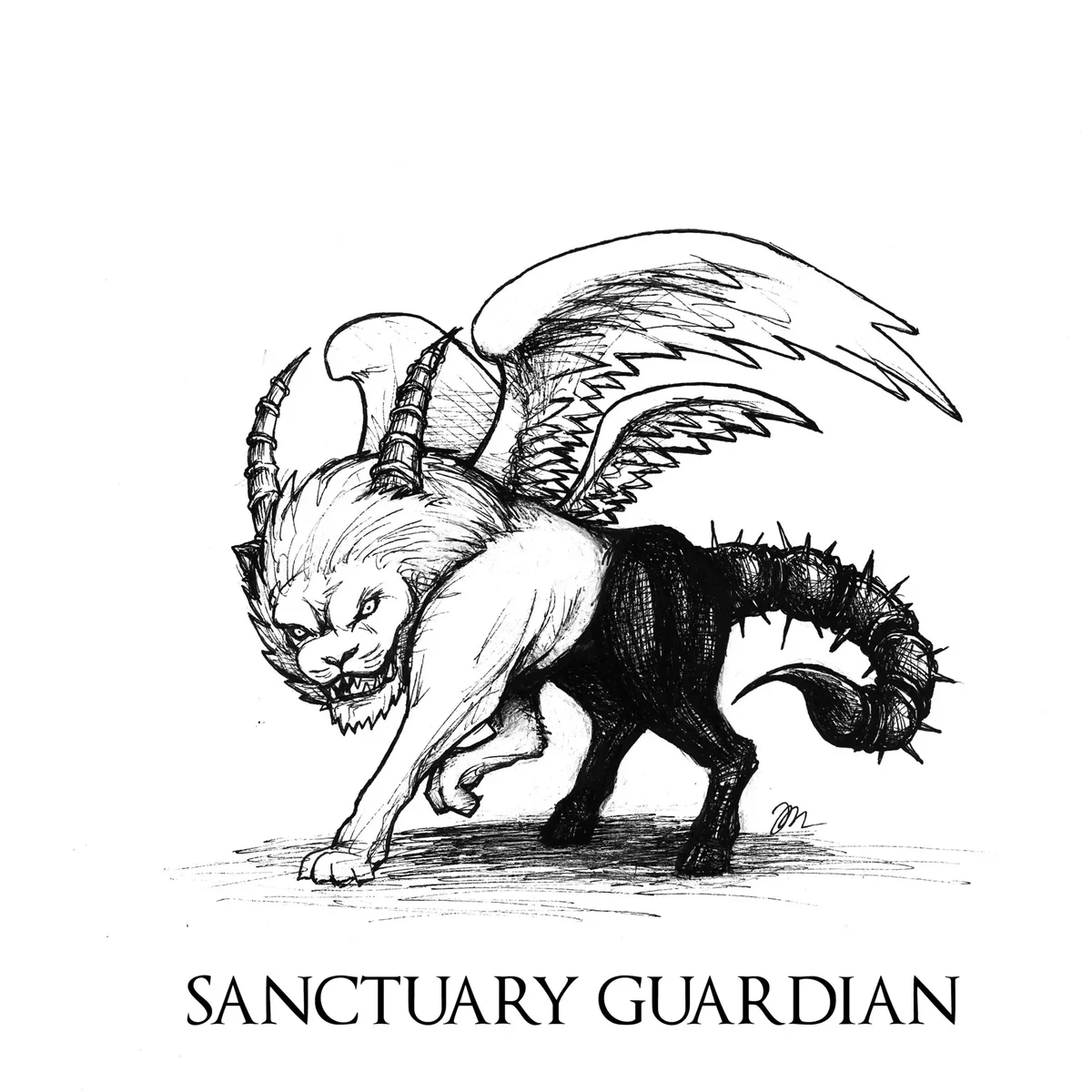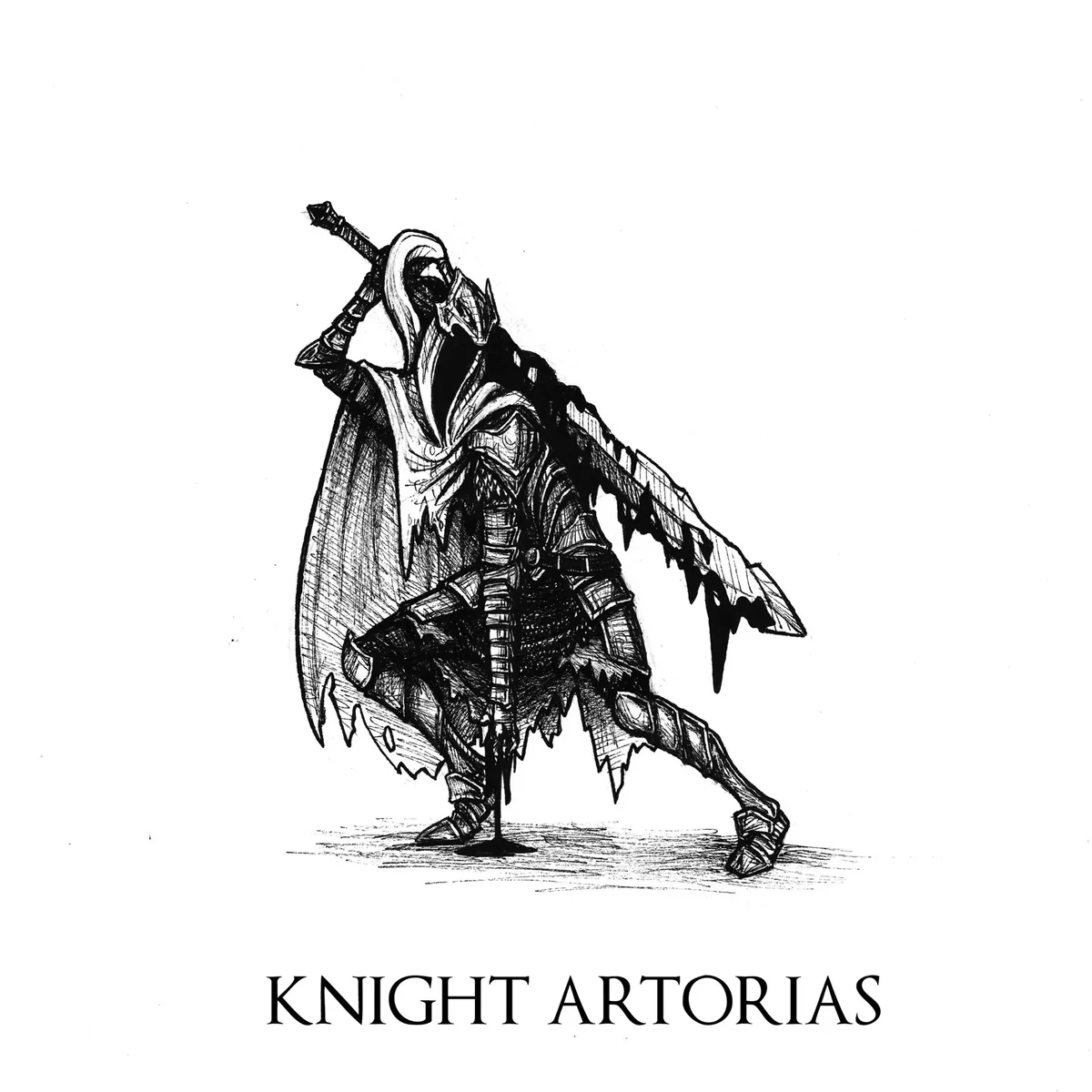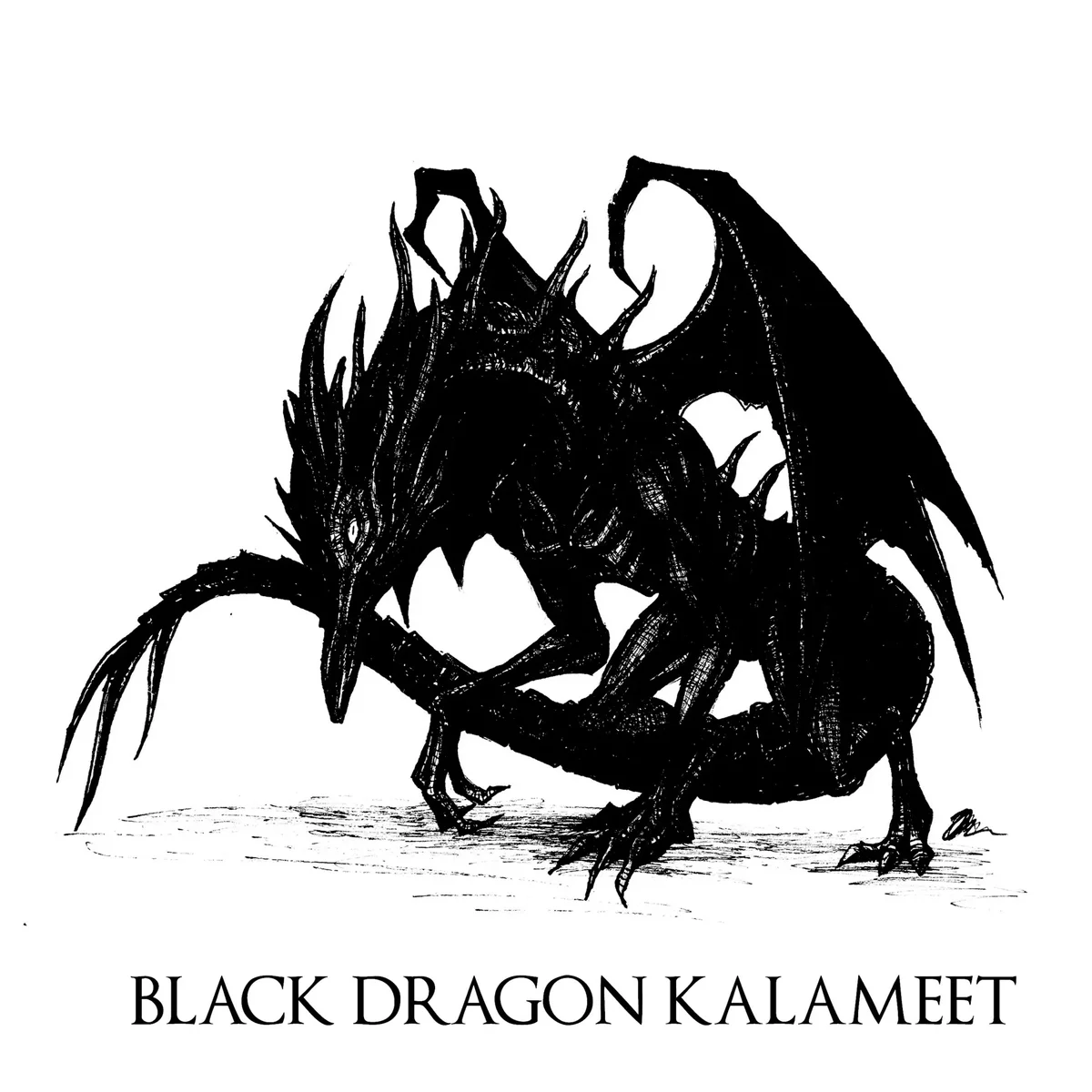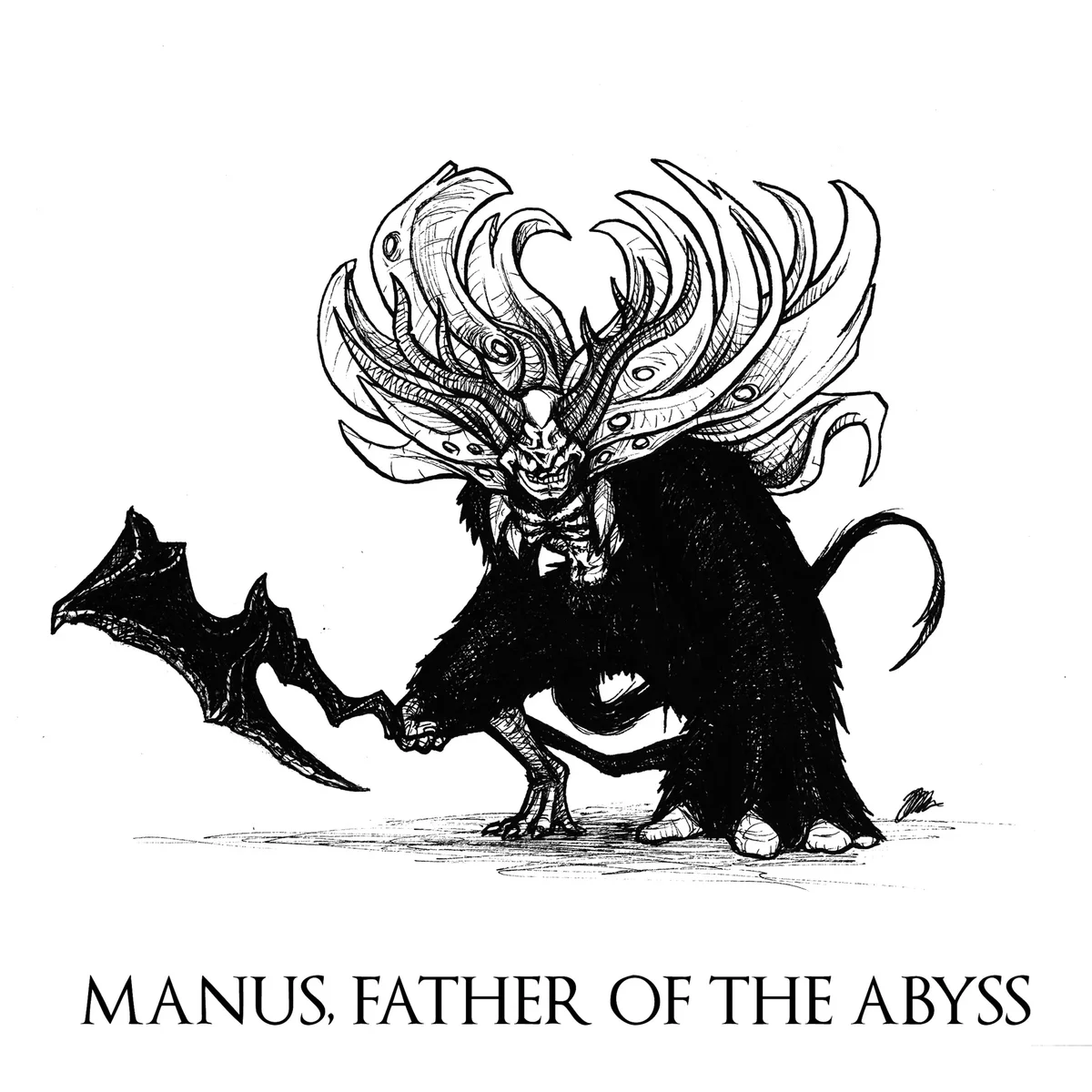Lost in Translation: Boss Names in Dark Souls I
Video version:
Most games have English as their original language, so the chance of playing something fairly mainstream that was localized into English rather than written in it, is pretty low. However, Soulsborne games have many curiosities when it comes to the Japanese original texts and their English localization.
Originally I wrote this post in Russian, comparing original Japanese boss names to their English counterparts, and then to the Russian versions that were derived from English. I know that people have been analyzing Japanese in Soulsborne games for ages now and you can find bits and pieces of their research all over the Internet, but I decided to write a series of awfully detailed posts anyway :D. So here we go.
Disclaimer #0 - common sense is everything. I do not speak The Soulsborne Truth in these posts, I just try to employ my linguistic knowledge and my love for these games to try and dig up some details that have not been carried over to the English version. I will also entertain some lore theories, but they are what they are - theories.
Disclaimer #1 — trust me, I'm a professional if this fact will somehow make this post more credible and trustworthy to you - I am a certified linguist. My major is English and Japanese as foreign languages, my minor is intercultural communication. Fun stuff!
Disclaimer #2 — I am not a professional translator, nor have I ever worked in localization. I will give some info on what the Japanese name of the boss means along with some options how it could be more accurately translated if it isn't. The post will also contain my personal opinion on whether or not the translation was on point. I fully realize that localization is tough and it involves deadlines, absence of context and other various difficulties.
Why do kanji (Japanese characters) have different readings?
This is a popular question in the comment section. In a nutshell, Japanese kanji usually have two types of readings: on-reding and kun-reading, there might be a number of them in each category. On-readings have carried over from Chinese since kanji were borrowed from there, and kun-readings are native to Japanese. When a kanji stands on its own and is used as a single word, it is read with its kun-reading. When a kanji is used as a part of a multi-kanji word, it is read with its on-reading. It is slightly more complicated, but in broad strokes I think it explains it.
Localization info
As far as I know, Dark Souls I was localized into English by Frognation.
Legend
[:] — colon after a vowel means that it's a long sound;
['] — apostrophe after a vowel or before a vowel (or between two [n]) means that these are two different syllables, not a single long one.
The transcriptions I give do not follow all academic rules, and I don't think it's necessary. They are just here to represent the pronunciation.
Sources
For this post I used the Japanese wiki, the English wiki, this Reddit thread, one more wiki and a number of dictionaries.
A giant heartfelt thank you to an amazing artist Brent Skinner who gave me his permission to use his incredible artwork to make all Soulsborne posts in this blog a hundred times better. Thank you, Brent! Follow him everywhere - here is the ArtStation, and here is his Twitter.
We'll take a look at the original boss name, then analyze the localized version and see how close it is. I'll try to come up with a more accurate version, if I can.
Let's go.
Main Game
Asylum Demon
Japanese — 不死院のデーモン [fushi'in no de:mon] English — Asylum Demon
不死院 [fushi'in] - this is the name of the starting area. It was translated as Undead Asylum - asylum can also mean shelter, or a place of refuge.
Let's dissect it.
不死 [fushi] — literally 'undead', consists of 不 [fu] — a negative prefix and 死 [shi] — death.
院 [in] — this kanji is always used as a part of a word and points out that whatever stands before it is an institution or some sort of establishment.
の [no] - grammar particle, denotes possession and can even make adjectives from nouns. We'll be seeing it very often. Here it shows that the Demon "belongs" to the institution.
デーモン [de:mon] - English word "demon" borrowed into Japanese and written in katakana - a syllabary used for writing foreign words. Japanese does have an extensive vocabulary of demons and the like, but they are all very specific and mythology-related, so here they went for more generic "demon".
The word "Asylum", in my opinion, is well-chosen, it conveys the idea of an "institution" really well.
Taurus Demon
Japanese — 牛頭のデーモン [gozu no de:mon] English — Taurus Demon
牛頭 [gozu] — literally "bull/cow head". Interestingly enough, this boss might be a mythological reference: the same characters are used in Chinese to denote one of the creatures who guard the Underworld where souls must suffer before rebirth. There are two guardians: 牛頭 (literally "bull head") and 馬面 (literally "horse face").
Taurus Demon both sounds kinds cool and conveys the animal nature of the demon.
Bell Gargoyle
Japanese — 鐘のガーゴイル [kane no ga:goiru] English — Bell Gargoyle
鐘 [kane] - bell, nothing interesting here. Both Gargoyles are on the chapel roof, so it's all pretty straightforward.
Moonlight Butterfly
Japanese — 月光蝶 [gekko:cho:] English — Moonlight Butterfly
月光 [gekko:] - literally "moonlight".
蝶 [cho:] - butterfly.
Also very straightforward.
Capra Demon
Japanese — 山羊頭のデーモン [yagizu no de:mon] English — Capra Demon
山羊 [yagi] - a goat, consists of 山 [yama] - mountain and 羊 [hitsuji] - sheep. Goat = mountain sheep. I love Japanese.
頭 [atama] - head, like with the Taurus Demon who is "with the bull head".
Probably the most curious localization in DSI. "Capra" means "goat" in Latin, and many Romance languages that descended from Latin have the same root for denoting a goat to this date: Spanish "cabra", French "chèvre", Italian just has it as is - "capra", which is not surprising at all. Choosing "capra" for a goat demon seems a good move, but English is not a Romance language, it's Germanic. I was wondering if this - rather elegant - decision worked at all. I am not a native English speaker, so I cannot confirm if the connection Capra - Goat is easily made. I conducted a research, read a bunch of forums and threads here and there, and it turns out that I missed a word with this root that is present in modern English - Capricorn. Thanks to the zodiacs, Capra Demon stands as an elegant and poetic piece of English localization. It warms my heart, even if the boss itself does not :D
Gaping Dragon
Japanese — 貪食ドラゴン [donshoku doragon] English — Gaping Dragon
Let's get rid of the word ドラゴン [doragon], it was pulled from English. Later on we'll get dragons worthy of Japanese kanji.
貪食 [donshoku] - an interesting word that denotes voracity, ravenousness. It consists of 貪る [musaba.ru], a verb meaning "to indulge in" or "to lust insatiably for something" and a simple verb 食う [ku.u] - eat. By the way, this very verb is used in Hanzo's ultimate, if you ever played Overwatch: Ryuu ga waga teki wo kurau :D
The name of the boss actually tells you about him: Gaping Dragon was a descendant of the Everlasting Dragons but was transformed into an abomination by its desires, primarily - gluttony. That is why the majority of the boss is its giant maw.
For some weird reason, English localization chose to make up the dragon's name based on how it looks. Why not Voracious Dragon?..
Chaos Witch Quelaag
Japanese — 混沌の魔女クラーグ [konton no majo: kura:gu] English — Chaos Witch Quelaag
混沌 [konton] - chaos. However, in Japanese there is a more frequently used word for denoting chaos, with the same first kanji. This specific word also has Chinese reading [hundun], and in Chinese cosmic mythology it means primordial chaos. Fits nicely here.
の [no] - possessive particle.
魔女 [majo:] - witch. The first kanji 魔 [ma] denotes evil spirits, demons and the like, and can also mean "someone who engages with demons", the second kanji 女 [onna], means "woman" and makes the word a feminine noun.
クラーグ [kura:gu] - her name, written in katakana. I do think sometimes that all names were conceived in English first, however there are disparities that make me think otherwise. Quelaag sounds beautiful and reflects the Japanese version well.
Stray Demon
Japanese — はぐれデーモン [hagure de:mon] English — Stray Demon
はぐれ [hagure] - the word is written in hiragana, another Japanese syllabary. This word does have its own kanji, but for some reason it is rarely used. "Hagure" is derived from the verb "hagureru", which means "lose sight of (one's companions)" or "stray from the herd".
This boss can actually be seen at the very start of the game just below the Asylum Demon, however the fight becomes available later, upon your return to the Undead Asylum. The word "stray", as I feel, creates a feeling of this demon just aimlessly wandering around, by chance coming to the Asylum. In fact, this demon is kind of a legal dweller of the place. I think, "hagure" is more about him "losing sight" of his buddy on the upper floor and possibly being the last of its kind, without a "herd". I guess I'm just thinking too much. Moving on!
Pinwheel
Japanese — 三人羽織 [san'ninbaori] English — Pinwheel
I L O V E this boss name. It's easier to kill Pinwheel than to get to the bottom of his name, it's hilarious.
三人 [san'nin] - literally “three people”. And indeed, Pinwheel has three masks: a man, a woman and a child.
羽織 [haori] - a traditional Japanese jacket worn over a kimono, you can read about it on Wikipedia. Also, [haoru] - means "to put on". Is it all? "Boss who wears three faces"? Oh, you wish.
In Japanese traditional comedy, there is an act that is called Nininbaori (two people in haori). The gist is simple: one person puts a haori on their shoulders, the other one puts his hands in the sleeves, standing behind and tries to feed the first one. They are usually not in sync at all, and it makes this comedic act fun to watch.
Yep, this boss is literally three people in a giant bathrobe straight from Japanese traditional comedy. People who thought that Pinwheel was a troll boss - here is your proof!
The cultural barrier proved to be insurmountable, and English localization chose to focus on what the boss is doing, translating him as "Pinwheel". 100% lost in translation. I cannot imagine how you can localize something like this accurately - you probably can't.
Iron Golem
Japanese — アイアンゴーレム [aian go:remu] English — Iron Golem
A sweeping success. The name of this boss is literally "Iron Golem" written in katakana.
Dragon Slayer Ornstein and Executioner Smough
Japanese — 竜狩りオーンスタインと処刑者スモウ [ryu:kari o:nsutain to shokeisha sumou] English — Dragon Slayer Ornstein and Executioner Smough
Let's start with Ornstein.
竜狩り [ryu:kari] - dragon hunter, consists of 竜 [ryu:] - long-awaited kanji for "dragon" and 狩り [ka.ri], a noun derived from the verb "hunt animals", "pursue a criminal" and even "pick mushrooms"! Mushroom Picker Ornstein.
The more acurate translation would be Dragon Hunter Ornstein, but I guess it does not sound brutal and heroic enough. Mmeh.
オーンスタイン [o:nsutain] - the name is pretty straightforward. I heard people pronouncing Ornstein as [ornsti:n], not really sure what's up with that.
Now about the big guy hanging around:
処刑者 [shokeisha] - executioner, the translation is fairly simple, because the word consists of 処刑 [shokei] - execution and 者 [mono] - a kind of suffix that means "human" and denotes someone who performs the aforementioned action.
スモウ [sumou] - I heard people pronounce this name a thousand different ways, and in Russian it is butchered even more. The English version Smough [smou] is on point though.
Dark Sun Gwyndolin
Japanese — 陰の太陽グウィンドリン [kage no taiyo: gwindorin] English — Dark Sun Gwyndolin
Oh, my favourite sweet child. He claims the prize for the most intricate name. Take a deep breath - we're diving in.
陰 [kage] - usually translates as "shadow". This kanji, however, has another meaning - Yin, female principle in nature, as opposed to Yang. It also symbolizes the shadow - and the moon. If you really try hard enough (please don't) you can even dig up a meaning "female genitals" somewhere in the depths of dictionaries. If you remember, Gwyndolin did not inherit the powers of the Sun from his father, and instead was bound to the Moon, as a result being raised as a daughter.
の [no] - possessive particle, also makes adjectives from nouns. So, here 陰の is more of an adjective, characterizing the following noun.
太陽 [taiyo:] - sun. The second kanji 陽, of course, means "Yang".
グウィンドリン [gwindorin] - the name was surely conceived in English, like many others, so no mistakes here. .
Seriously though, Gwyndolin's name explains half of his biography. The duality of the moon and the sun, of musculine and feminine all colliding in one person. It's incredible.
But I still have one question. If Gwyndolin inherited the power of the Moon and therefore was brought up as a daughter, why wasn't Gwynevere, a full on Sun heiress, brought up as a son?..
Crossbreed Priscilla
Japanese — 半竜プリシラ [hanryu: purishira] English — Crossbreed Priscilla
半竜 [hanryu:] - literally "half-dragon".
Crossbreed is all fine, but where did they lose a little insignificant detail about, you know, a DRAGON?.. I remember how people were excited to find out that she was - apparently - a dragon crossbreed. Players would study her scales and her tail and then theorize about her origins. I can imagine Japanese players being like - ??? c'mon dudes, her name has DRAGON in it, you can figure this out.
プリシラ [purishira] - just Priscilla, written in katakana. Nothing to see here.
Ceaseless Discharge
Japanese — 爛れ続けるもの [tadare tsuzukeru mono] English — Ceaseless Discharge
A Pinwheel-like case but let's try and dissect it.
爛れ [tadare] - sore or inflamed.
続ける [tsuzukeru] - to continue.
もの [mono] - creature.
If you remember the lore of this boss, he was the only son of the Witch of Izalith and her youngest. In one of the interviews Miyazaki-san says that he was born long ago, when the Flame was not yet stable, and it is hurting him. If you look closer, you can see sores on his body that continuously leak lava. Thus, his name is something like "A Continuously Sore Creature". The translation is pretty tough on this one, and the English localization based their choice on how the boss looks and what he does. "Ceaseless Discharge" is not really a comprehensible boss name, but neither is "A Continuously Inflamed Dude". What a tragic fate, all in his name (╯︵╰,)
Demon Firesage
Japanese — デーモンの炎司祭 [de:mon no honoo shisai] English — Demon Firesage
炎 [honoo] - flame.
司祭 [shisai] - priest or pastor.
The most interesting thing about this boss name is the placement of its parts. In "Asylum Demon" the "demon" part was at the end, after the possessive particle, pointing at the fact that it belongs to a place. Here, the "demon" part is before the particle and not after, and that's kinda important.
According to the lore, Demon Firesage was the last master of the original fire arts, before his transformation. His position in a demon hierarchy is very high, he is not only a demon himself, but a Firesage among demons or of demons. This detail went unnoticed, as far as I can judge. I love "Firesage" though! Way more imaginative than "Firepriest".
Centipede Demon
Japanese — 百足のデーモン [mukade no de:mon] English — Centipede Demon
百足 [mukade] - centipede, consists of 百 [hyaku] - hundred and 足 [ashi] - foot. Just a sidenote: this word is not the original form of "centipede". As you would find it in the dictionaries, "centipede" is written as 蜈蚣 [mukade]. I suppose, these kanji were kinda hard to use on the daily basis, and that is why people took a more simple 百足, leaving the reading of the predecessor intact. 百足's true reading would be [hyakusoku].
Centipede Demon is an accurate translation, well done.
Great Grey Wolf Sif
Japanese — 灰色の大狼シフ [hai'iro no tairo: shifu] English — Great Grey Wolf Sif
灰色 [hai'iro] — grey, literally "colour of ash".
大狼 [tairo:] — literally "big wolf". Somewhere on Reddit I read that the same word is used in the Japanese translation of "the Song of Ice and Fire" to denote darewolves.
シフ [shifu] — a proper name. Sif is fine.
Seath The Scaleless
Japanese — 白竜シース [hakuryu: shi-su] English — Seath The Scaleless
Oh, Seath. What happened to you. His original name is much simpler than you would imagine:
白竜 [hakuryu:] - "white dragon".
Just like that. No scales, no nothing. By the way, in Russian he is called "Naked Seath" and I just can't. Let's check out different wikis, maybe they can shed some light on this:
English wiki
The albino dragon, Seath the Scaleless[…]
Does "albino" mean "with white scales"?..
Japanese
ウロコのない古竜シース [Ancient dragon Seath who did not have THE scales...]
As we all know, all special dragon pizzazz was in their special scales that made them invulnerable. And Seath did not have those super-scales. The official concept art shows that he indeed does not have any scales but has fur - that dragons also had - and that fur is white, the same as Priscilla's. He is both a scaleless and an albino. But furry!
It puzzles me deeply how Priscilla's original name is "Dragon-crossbreed" and the English localization concealed the "dragon" part of it but simultaneously chose to expose Seath's scalelessness. What?..
シース [shi:su] - Seath is fine.
Bed of Chaos
Japanese — 混沌の苗床 [konton no naedoko] English — Bed of Chaos
Always seemed to be the weird one to me.
混沌 [konton] - chaos, we already covered this word with the Witch of Chaos.
苗床 [naedoko] - a curious word, consists of 苗 [nae] - seedling or sapling and 床 [toko] - bed or floor. The word as a whole translates as "nursery". This boss name references the place where the Chaos was born, where it all started.
Four Kings
Japanese — 四人の公王 [yonin no ko:o:] English — Four Kings
四人 [yonin] - literally “four people”.
公王 [ko:o:] - a curious word that I was able to find only in one specific dictionary. It says that the word was coined to denote Great Knyazs of the Russian Empire - a title roughly equal to a European duke. If you look at kanji, they seem to denote something like "public kings". As far as I know, there is no evidence that New Londo has the same monarchy as Narnia, and there could be more than one king. Or even that there were kings at all. I'd wager that those are the four representatives of the higher aristocracy, or just had other names than "kings". 公王 seems to be oddly specific.
Gravelord Nito
Japanese — 墓王ニト [boo: nito] English — Gravelord Nito
墓王 [boo:] - "grave king". I thing, Gravelord sound much better than King of Graves, and honestly, Dark Souls games are full of Kings of all kinds, four of them are even in the same boss fight.
Gwyn, Lord Of Cinder
Japanese — 薪の王グウィン [maki no o: guwin] English — Gwyn, Lord Of Cinder
薪の王 [maki no o:] - “Fuel King” 薪 [maki] means fuel, something you use to start a fire or keep it going. 王 [o:] - king. の particle seems to indicate that Gwyn is king of fuel, of something that supports the fire, but I think here we find the same case as with Gwyndolin. 薪の王 can be understood as "king who is fuel", which is pretty much the lore.
グウィン [guwin] - "Gwyn" written in katakana. By the way, "gwyn" means white or holy in Welsh and Cornish.
Artorias of the Abyss DLC
Sanctuary Guardian
Japanese — 霊廟の聖獣 [reibyo: no seiju:] English — Sanctuary Guardian
霊廟 [reibyo:] - mausoleum, literally "sanctuary/palace of souls".
聖獣 [seiju:] - a very popular word in anime and videogames, means "sacred beast".
"Sacred Beast of the Mausoleum" turned into a simple "Sanctuary Guardian", what a pity. While conveying the purpose of the boss, it is much less poetic.
Knight Artorias/Artorias the Abysswalker
Japanese — 騎士アルトリウス [kishi arutoriusu]/深淵歩き [shin'en aruki] English — Knight Artorias/Artorias the Abysswalker
騎士 [kishi] - knight, a very standard word you'll find in any dictionary. The same word is used to denote Four Knights of Gwyn: グウィン王の四騎士.
アルトリウス [arutoriusu] - it's actually more likely to be Artorius than Artorias, but it doesn't make much of a difference.
深淵歩き [shin'en aruki] - Artorias' nickname. Consists of 深淵 [shin'en] - abyss, which is also Abyss in a religious sense, the Underworld. 歩き [aruki] - this is a noun derived from the verb "aruku" - to walk. "The one who walks the Abyss" = Abysswalker. Perfect.
Black Dragon Kalameet
Japanese — 黒竜カラミット [kokuryu: karamitto] English — Black Dragon Kalameet
黒竜 [kokuryu:] - "black dragon", in contrast to Seath who is 白竜 [hakuryu:] - white dragon.
カラミット [karamitto] - this word was undoubtedly derived from the word "Calamity", which I find very interesting and even funny. No problems with localization here.
Manus, Father of the Abyss
Japanese — 深淵の主マヌス [shin'en no nushi manusu] English — Manus, Father of the Abyss
深淵の主 [shin'en no nushi] - master/head of the Abyss. Neither sounds all that good, so he is "Father of the Abyss" which is lore. I think there is some duality in Manus' and Gwyn's naming patterns: one is "of the kindling", and the other "of the Abyss".
マヌス [manusu] - Manus, it's very clear. Many people believe that he was named so because of his giant hand - and the root "manu" is Latin for "hand", like in modern "manual". Others think that his name is a throwback to the hindu term Manu, which denotes first man or archetypical man, or even "The Farther of the Human Race".
Mini-bosses
Hellkite Dragon/Hellkite Drake
Japanese — 飛竜ヘルカイト [hiryu: herukaito] English — Hellkite Dragon/Hellkite Drake
飛竜 [hiryu:] - "flying dragon". Honestly, I still struggle to understand if there is a pattern in the type of dragon and the word that denotes it. Seath - who is a true Everlasting Dragon - is written with a proper kanji. Kalameet gets a kanji too. Gaping Dragon is a descendant of the Everlasing dragons and is denoted with an English word "dragon" written in katakana. Hellkite is some kind of under-developed dragon-ish creature, like a wyvern, but he still gets the same kanji as Seath and Kalameet. What the heck.
ヘルカイト [herukaito] - English word "Hellkite" written in katakana.
Titanite Demon
Japanese — 楔のデーモン [kusabi no de:mon] English — Titanite Demon
楔 [kusabi] - wedge, chock or linchpin. It doesn't really make much sense if you ask me, but I'll try to build bridges as I go. So, Titanite Demons are creatures that were born from titanite after some kind of god-blacksmith died. Titanite is an in-game item, and if you look closely, you can see that inscriptions on it resemble something of cuneiform, which in Japanese is written with the same kanji. Now, I know that what's on the titanite is actually futark and not cuneiform, but c'mon, I'm trying real hard here :D Maybe the demon is named after some wedges or linchpins used in smithery, I've no clue. Probably the funniest thing about this boss is that upon death it drops its weapon that is called デーモンの楔 - his name backwards, something like "Demon's Wedge".
English localization apparently decided to just name him Titanite Demon and be done with it. Hard to blame them, really.
Hydra
Japanese — 湖獣 [koju:] English — Hydra
湖獣 [koju:] - "lake beast". The original might seem kinda mmeh compared to HYDRA, but I personally love it way more. English localization apparently saw multiple heads and labled the mini-boss Hydra to make it simpler for the players. What a pity.
Fang Boar/Armored Tusk
Japanese — アーマードタスク [a:ma:do tasuku] English — Fang Boar/ Armored Tusk
アーマードタスク - "Armored Tusk", written in katakana nothing crazy here.
Undead Dragon
Japanese — ドラゴンゾンビ [doragon zombi] English — Undead Dragon
ドラゴンゾンビ - English "dragon zombie", somehow lost even in the English localization. How come? I know that "zombie" is not really a word that DS lore uses much, if at all, but this is the original name nonetheless. Weird.
Conclusion
Localization is tough. Localization from Japanese is extra-tough.
What was great
- Elegant decisions - Taurus Demon, Capra Demon and Demon Firesage.
- Imaginativeness when it was impossible to translate as is - Pinwheel, Titanite Demon and Ceaseless Discharge.
What was mmeh
- Trying to come up with a boss name when the original is easy enough to localize. For example, Gaping Dragon. Why not Voracious Dragon? The word "donshoku" isn't particularly hard to find in dictionaries and was definetely not coined specifically for Dark Souls.
- Spoilers. For example, Father of the Abyss, Seath the Scaleless. Why not Lord of the Abyss/White Dragon Seath? I cannot fathom one good reason not to translate these names as is - the original is very straightforward.
- Hiding details, as with Crossbreed Priscilla. Why not Dragon Crossbreed Priscilla?
- Trying to make boss names "more understandable". Yes, I am very upset about Hydra, because it's Lake Beast. I feel like localization is trying to make many things more familiar, thus more comfortable, instead of leaving the player guessing or scared, as intended. Trivializing a mysterios Lake Beast into Hydra that everybody has heard about is ruining the unsettling atmosphere of Dark Souls where many things should spook you by their unfamiliar-ness.
This post took a lot of time and effort to write, but I'm kinda proud of it. I'm already finished with the Dark Souls trilogy and Bloodborne, and have begun my giant Sekiro project. I hope I'll post the English versions of those posts soon.
Lost in Translation: Boss Names in Dark Souls II
Lost in Translation: Boss Names in Dark Souls III
